10 Common Tech mistakes Small Organizations make.
Inadequate Technical Support.
One of the foremost mistakes small businesses suffer from is the lack of technical support or inadequate technical support, Instead of hiring an employee who would be the ‘techie’ in the company simply because he loves his craft, they rely on a friend or relative to provide technical assistance. Some even turn to the support line of their hardware manufacturer only to disappointingly find that most of the solutions offered would result in a re-installation, which has the business owner lose a lot of critical data. There are a few other business owners who rely on the service arm of an electronic store which most of the time has an inexperienced and under-educated technician looking into their technical woes. All of these do not work out to be cost-effective.
Hardware/Software Issues.
Setting the live cycle of a PC at three or four years is what smart organizations do. Dairn Stahl, Info-tech research group analyst says “When you look at costs—particularly around a four- to six-year lifecycle—it may seem like you are saving money, but really it’s costing you, because support expenses increase.” The failure to standardize hardware and software components have small organizations struggle with trouble shooting, with the need to manage different renewal dates, and license terms. Besides, old and obsolete systems are prone to slow down and increase maintenance costs substantially. Most importantly they feed customer and employee frustration and threaten sales and new business opportunities.
Insufficient power protection.
Power outages cause significant damage to expensive electronic components and result in loss of data. Frequent brownouts and surges impact and reduce the lifespan of printers, computers, and other electronic equipment. Many businesses rely on surge suppressors that have been deployed 5 or sometimes even 10 years earlier. When disasters like thunderstorms, electrical outages strike, the resulting downtime, damaged systems and lost and corrupted data can prove costly for the organization.
Illegal Software
Understanding licensing requirements can be confusing for many business owners when it comes to trying to understand the differences between OEM, retail and open license software. Time and again you can find manufacturers locking down licenses and penalizing offenders with a fine. The BSA has collected closed to $81 million in just settlements. Some firms are unaware that they do not own the license and that it is commonly shared. Firms face problems in the form of penalties, audits and delays that are caused by licensing and product activation.
Insufficient Training
Lack or insufficient training ranks fifth among the most common tech mistakes. Boredom, bad classroom experiences, lack of learning interest and complexity can be one of the reasons why employees would sulk when software training is mentioned in any conference room. It is estimated that staff do not know 80% of the features on any given software kit especially features that talk about time-saving and cost reduction. This lack of knowledge of the software application results in gross inefficiencies like doing automated functions manually, and repetitive data entry. The practice also increases errors thereby consuming man-hours and significantly increasing costs.
Security Failures.
The Infonetics Research’s Costs of Network Security Attacks Report states that large US organizations lose close to a staggering 2.2% of their annual income due to network security attacks. Now that is definitely expensive! The FBI reports that the US industry loses an estimated $400 billion because of computer crime. Hackers do not necessarily target big organizations, they have created innumerable programs that run across the length and breadth of the internet 24*7 targeting inadequately secured networks, PC’s, servers and poorly secured systems. Organizations that fail to have a secured network and system are prone to data and identity theft and robotic attacks. It is organizations who fail to protect customer and client data that suffer the most as they lose their name and goodwill.
Poor Backup strategies.
Data Backup is critical and proves costly for the organization when ignored or strategized poorly. Statistics reveal that close to 50% of companies will cease its operations when critical data is lost. We also have statistics telling us that there is a 90% chance that these companies will fail during the first two years of critical data loss. On an average data loss will cost 19 days of productivity. While data recovery from damaged disks prove expensive, sometimes even small organizations who believe they have the right back-up strategy also find themselves at risk. However, there are many simple steps that small organizations can opt for in order to have a good backup strategy.
Virus exposure.
Unprotected PC’s are infected within 8 minutes of connecting to the internet as reported by the BBC. Now that’s quick! Exposure to viruses cost small organizations a lot of time and money. Paul Bocij in his book “The Dark Side of the Internet” says that it is estimated that an average virus attack can cost the organization close to $2500 in recovery and remediation expenses. It looks like the problem is getting worse, as the type and number of threats are on the rise. It costs businesses $99000 per incident as stated in a report by the ICSA labs. Need more alarming data? The National Cyber Security Alliance revealed that a 15% of the respondents surveyed, had no antivirus program installed and a staggering 67% did not have an updated version of the anti-virus program.
Spyware Exposure.
Spyware infections cost small organizations a whopping $8000 a year, without factoring lost revenue and two and a half days resolve every time they are struck by Spyware, states the CompTIA. Unlike Virus exposure which corrupts your system and gives remote access to hackers to control your system, spyware aims to collect sensitive user information and display unwanted advertisements on your computer. Spyware also has productivity suffering. The Comp TIA reports that more than a third of the businesses surveyed, stated that their productivity was hit because of spyware infections and that they were hit multiple times in a period of 6 months. Some of them reported to have been hit by Spyware as many as 10 times!
Unsolicited Email.
$20 billion a year is the cost businesses have to bear because of spam and unsolicited email as stated by the Radicatti Research Group. Small businesses invest a lot of time, money and resources in sorting, processing and sometimes even storing spam mails. Spam mails do not just lower productivity but also has staff sifting through hundreds of junk mails to find legitimate emails. Spam consumes untold gigabytes. Spam is a serious issue for small organization as they will have to spend valuable resources like servers and disk space for junk mails.
TeckPath News
Related Articles

The Evolution of IT and Cybersecurity: How Far Have We Come, How Far Behind Are We, and the Promising Future
The world of Information Technology (IT) has undergone a monumental transformation since its inception. With this evolution, cybersecurity has also grown, adapting to an ever-changing

Spotlight on Impersonation and Business Email Compromise in Phishing Attacks
Phishing emails are one of leading attack vectors that businesses face today and account for just over 1% of all emails sent today which amounts

Safeguarding Your Business: The Critical Role of Email Security
In today’s digital landscape, email remains the most common method of communication for businesses. But with that convenience comes risk. Cybercriminals increasingly exploit email as

The Impact of U.S. Tariff Policies on Tech and Small Businesses
In a rapidly globalizing world, the reimplementation of tariffs by the U.S. administration marks a pivotal shift in international trade policy. While intended to protect

Supply Chain Vulnerabilities: The New Frontier in Cybersecurity
Supply chains are no longer just operational backbones—they are strategic assets and potential security liabilities. As organizations continue to rely on a complex web of

Is SQL Dead? The Rise of AI-Powered Query Tools like QueryGPT
For decades, SQL has been the backbone of data management and analytics, an essential skill for data professionals worldwide. But with the rapid advancements in

Deepfakes and Phishing in the AI Age
Artificial Intelligence is reshaping industries—from healthcare and finance to logistics and entertainment. But as with all powerful technologies, AI’s benefits come with risks. One of

The Agentic AI Shift: Autonomy Transforming Workflows
Artificial Intelligence is no longer confined to back-office automation or predictive analytics. A new wave—Agentic AI—is redefining the modern workplace. Unlike traditional AI systems that

Safeguarding Customer Communications
In today’s digital world, businesses connect with customers through websites, emails, social media, chatbots, and more. These online interactions are essential for building relationships, providing

Best Practices for Social Media Security
Social media platforms have become indispensable tools for businesses to engage with customers, build brand awareness, and drive growth. But with great opportunity comes great

Integrating Cybersecurity into Project Management
From software development and IT infrastructure upgrades to launching new digital services, businesses rely heavily on projects. But as cyber threats grow more sophisticated, there’s

Does Your Managed IT Services Provider Put Security First?
Choosing the right Managed IT Services Provider (MSP) is crucial for businesses in every industry. The right MSP ensures your IT infrastructure remains reliable, scalable,

Cybercrime Protection in Canada: A Guide for Calgary and Beyond
In today’s interconnected world, cybercrime has become a significant threat to individuals, businesses, and governments alike. According to Statistics Canada, there was a 40% increase

The Most Common IT Support Inquiries and How Managed IT Services Providers Like TeckPath Solve Them
In today’s fast-paced business environment, IT support inquiries are a constant reality. From simple password resets to complex cybersecurity threats, these challenges can disrupt operations,

Why Password Rotation Isn’t Always a Good Idea
For decades, organizations and individuals alike have adhered to the practice of regularly rotating passwords as a key part of their cybersecurity strategy. The idea

DeepSeek R1 vs. ChatGPT: Can This New AI Model Compete with OpenAI?
In the rapidly evolving landscape of artificial intelligence, DeepSeek’s R1 model has emerged as a noteworthy contender, challenging established platforms like OpenAI’s ChatGPT. This blog

WhatsApp Hack: A Wake-Up Call for Digital Security
Microsoft has issued a stark warning: the Lumma malware, a powerful information-stealing trojan, has compromised nearly 394,000 Windows devices globally. This alarming figure highlights the

394,000 Windows PCs Infected by Lumma Malware: What You Need to Know
Microsoft has issued a stark warning: the Lumma malware, a powerful information-stealing trojan, has compromised nearly 394,000 Windows devices globally. This alarming figure highlights the

Bluetooth vs. Ultra-Wideband (UWB): What’s the Difference and Why Is Samsung Ditching Bluetooth?
In the rapidly evolving world of wireless communication, Bluetooth and Ultra-Wideband (UWB) are two technologies often used for short-range connectivity. However, they serve different purposes

What You Should Not Share with AI Like ChatGPT
As artificial intelligence (AI) tools like ChatGPT become increasingly popular for personal and professional use, it’s important to remember that using them responsibly is key

The Top 10 Industries Becoming AI-Dependent
As artificial intelligence (AI) continues to evolve, it is transforming industries at an unprecedented pace. Companies are leveraging AI not only to enhance efficiency but

Ethical Hacking Explained: Understanding the Modern Digital Defender
In today’s interconnected world, cybersecurity is more critical than ever. Cyber threats like data breaches, malware attacks, and phishing schemes are on the rise, targeting

Why Use the Outlook Client or App for Your Email?
In today’s connected world, email remains a critical communication tool. While many users default to apps like Gmail or Apple Mail to manage their emails,

ChatGPT vs Grammarly: Which One is Better for Writing?
When it comes to enhancing your writing, two powerful tools stand out: ChatGPT and Grammarly. Both cater to writers and professionals, but their strengths and

Model-Driven Apps: Streamlining Business Automation
In today’s fast-paced business environment, organizations are constantly seeking ways to optimize processes, improve efficiency, and reduce operational overhead. One powerful tool that has emerged

How to Address Domain Blacklisting Due to Spam Activity
In today’s digital world, email communication is the backbone of business operations. However, a sudden suspension of your business email domain due to spam activity

Web3, Cybersecurity, and the Future of the Internet & IT
The internet is evolving, and Web3 is at the forefront of this transformation. With its promise of decentralization, security, and user ownership, Web3 is not

The Growing Need for Inclusive Business IT, Enterprise Security, and Cybersecurity Solutions in Calgary
As Calgary continues to grow as a hub for innovation, business, and technology, the city’s enterprises face increasing challenges in managing their IT infrastructure and

The Right Cybersecurity Company: The Key to Maximizing Your Cyber Insurance Policy
In today’s digital-first world, businesses of all sizes recognize the importance of cyber insurance to mitigate financial risks associated with cyber threats. However, what many

DaVita Ransomware Attack: A Stark Reminder of Healthcare’s Growing Cybersecurity Risks
On April 12, 2025, DaVita Inc., one of the largest U.S. kidney care providers, disclosed a ransomware attack that encrypted critical parts of its network,

Cisco Meraki License Renewals and Security Appliance Upgrades: What Businesses Need to Know in 2025
In today’s fast-paced digital landscape, businesses rely on Cisco Meraki for seamless cloud-managed networking solutions. However, staying on top of license renewals and security appliance

When Sci-Fi Becomes Strategy: How Her Foretold Sam Altman’s Vision for AI
In 2013, Spike Jonze’s Her captured the world’s imagination with a quiet but powerful vision of the future. A lonely man falls in love with

Microsoft Teams vs. Teams Premium: Which One Is Right for You?
Collaboration is the backbone of modern businesses, and Microsoft Teams has become a go-to platform for organizations looking to enhance teamwork, communication, and security. But

Is Your Business Falling Behind in Technology? Here’s How to Tell
In today’s fast-paced digital landscape, technology evolves rapidly. Businesses that fail to keep up risk losing customers, revenue, and efficiency. If you’re wondering whether your

Choosing the Right MSP: The Pilot of Your Business Journey
Your Managed Service Provider (MSP) is that pilot. A great MSP doesn’t just react to turbulence; they anticipate it, adjusting course before problems arise. They

The Nearshoring Advantage: Why U.S. Companies Are Turning to Canadian IT Service Providers
As global trade tensions rise and tariffs reshape the economic landscape, a quiet but powerful shift is underway in the world of IT services: nearshoring

Why U.S. Companies Are Turning to Canadian IT Firms in the Wake of Tariff Uncertainty
In a recent LinkedIn news story, JPMorgan Chase CEO Jamie Dimon warned about the rising threat of tariffs on Chinese goods—and how geopolitical tensions, economic

Why World Backup Day 2025 Matters More Than Ever: Building Data Resilience in an Unpredictable World
Every year on March 31st, we observe World Backup Day, a timely reminder of the critical role backups play in modern digital life. But in

The Global Crackdown on DeepSeek: Which Countries Are Blocking the Chinese AI Tool?
In an era where artificial intelligence is reshaping industries, concerns over data privacy and national security have led several governments to impose restrictions on certain

The Top 10 Industries That Require Compliance Reports: A Breakdown of Regulatory
In today’s data-driven world, industries across the board are required to adhere to stringent compliance regulations to ensure security, privacy, and operational integrity. Compliance reports

Microsoft Teams vs. Google Chat & Meet: Which Industries Benefit the Most?
In today’s digital workplace, businesses must choose collaboration tools that align with their workflows, security needs, and integration preferences. Two of the biggest competitors in

The Most Common Email Attacks Seen in 2024 and 2025 So Far
The common vector for initial access is still phishing. Humans are the weakest link and getting access to credentials, systems, or both launches the attacker

UniFi Update and macOS Compatibility: What You Need to Know
Ubiquiti’s UniFi products are widely used for enterprise and home networking, known for their robust performance and extensive feature set. However, after a recent UniFi

SuperBlack Ransomware Exploits Fortinet Auth Bypass Flaws: What You Need to Know
A new ransomware strain known as SuperBlack has emerged, targeting organizations by exploiting critical vulnerabilities in Fortinet’s security appliances. The cybercriminal behind this operation, identified

Revolutionize Field Crew Management with a Custom Model-Driven App
In today’s fast-paced business world, managing field crews effectively is critical to maintaining operational efficiency and delivering exceptional service. For organizations reliant on field operations-be

Outsourced IT vs. In-House IT: Pros, Cons, and How to Minimize Risks When Outsourcing
Outsourcing IT can significantly benefit your business, but ensuring you select a provider with the right security practices is essential, especially when handling sensitive data.

Recent VMware Exploits: A Critical Look at 2024 and 2025 Vulnerabilities
In the fast-paced world of cybersecurity, VMware has remained a prime target for attackers due to its widespread use in enterprise and cloud environments. Over

Top 10 Professions Likely to Be Replaced by AI in the Next Decade
Artificial Intelligence (AI) is rapidly transforming industries, automating tasks that were once thought to be exclusively human. While AI enhances efficiency and productivity, it also

Microsoft vs. Google: Which Tech Giant is Right for Your Business?
In today’s digital-first world, businesses are constantly evaluating their technology stacks to ensure they align with their operational needs, security requirements, and growth objectives. Two

Outsourcing IT & Cybersecurity: Why Canadian Firms Are the Smart Choice for US & Canadian Businesses
The United States and Canada share one of the closest and most integrated economic relationships in the world. However, recent trade tensions and tariffs have

Why U.S. Businesses Should Outsource IT to Canadian Service Providers
In an era where IT infrastructure, cybersecurity, and cloud services are mission-critical for businesses, outsourcing IT and technology needs to Canadian providers offers strategic advantages.

Model-Driven Apps: A Single-Pane Solution for Workflow, CRM, ERP & Project Management
In today’s digital-first business landscape, organizations struggle with siloed systems, fragmented workflows, and inefficient data management. Businesses operate multiple platforms for CRM, ERP, workflow automation,

RPA Solutions for the Healthcare Industry in Alberta: Transforming Efficiency and Patient Care
The healthcare industry in Alberta faces significant challenges, from staffing shortages and rising operational costs to administrative inefficiencies. With growing demands for better patient care

Moving Your Business to Toronto? Key Technology Considerations
Toronto is a top destination for businesses looking to expand or relocate. As Canada’s largest city and a global business hub, it offers access to

Massive Chrome Extension Hack Exposes 2.6 Million Users: What You Need to Know
Google Chrome users have once again become the target of a sophisticated cyberattack, this time through compromised browser extensions. At least 33 Chrome extensions have

Chrome Extensions Getting Hacked: Protecting Your Data in a Vulnerable Ecosystem
In recent years, the security of Chrome extensions has been increasingly called into question. These small, powerful tools can enhance your browser’s functionality but also

LinkedIn False Job Offer Scams: How They Work and How to Protect Yourself
In recent years, LinkedIn has evolved from a professional networking platform into a primary space for job seekers and recruiters. Unfortunately, this shift has also

Top 10 IT Mistakes Businesses Make and How to Avoid Them
In today’s fast-paced digital world, businesses in Calgary, Toronto, and across Canada rely on technology to drive success. However, many companies make critical IT mistakes

Navigating U.S. Tariffs: Why Canadian Businesses Should Reconsider Their IT Outsourcing Strategy
As U.S. tariffs continue to shift the economic landscape, Canadian businesses that rely on U.S.-based IT service providers may find themselves facing increased costs, regulatory

The Importance of SIEM for Organizations Using Cloud and On-Prem Infrastructure
In today’s cybersecurity landscape, organizations face an increasing number of cyber threats targeting their infrastructure, whether hosted on-premises or in the cloud. Security Information and

Microsoft Copilot: Your AI-Powered Productivity Assistant in Office 365
Microsoft Copilot is an advanced AI-powered assistant integrated into Microsoft 365 applications, designed to enhance productivity, automate tasks, and provide intelligent suggestions. Built on OpenAI’s

Redefining Security: Why Identity is the New Perimeter in 2025
In the ever-evolving landscape of cybersecurity, the traditional concept of the network perimeter has been fundamentally transformed. Once defined by firewalls, physical boundaries, and tightly

Top IT Service Challenges Faced by Businesses in Calgary and Why TeckPath is the Solution
Calgary’s vibrant business community depends on reliable IT services to stay competitive and productive. However, many businesses face recurring IT challenges that hinder operations and

Microsoft 365 Price Increases and Licensing Changes in 2025: What You Need to Know
Microsoft is set to introduce significant pricing changes for its Microsoft 365 services in 2025, impacting businesses and individuals alike. These changes include price increases

Is Your Business Ready for the AI-Driven Future?
In the tech world, we often celebrate developers and engineers as the masterminds behind groundbreaking innovations. While their contributions are undeniable, there’s another group of

Proactive vs. Reactive AI in Cybercrime: Fighting Cyber Threats with Modern AI Strategies
The rise of cybercrime has propelled artificial intelligence (AI) to the forefront of cybersecurity. Organizations today face relentless threats, from sophisticated phishing attacks to ransomware

Calgary Businesses Embrace Model-Driven Applications and Automation for Growth
As Calgary solidifies its reputation as a growing tech hub, businesses across various sectors are increasingly turning to digital transformation to drive growth and efficiency.

ChatGPT vs. DeepSeek: A Comparative Review of Features and Functionality
The world of artificial intelligence is advancing at a remarkable pace, with innovative solutions emerging to tackle diverse challenges. Two standout models in this domain

The Ongoing Scam on Facebook Marketplace: Fake Sellers Requesting Deposits for Non-Existent Products
Facebook Marketplace has become a go-to platform for buying and selling items locally, offering everything from furniture and electronics to cars and collectibles.

The Importance of Password Managers: A Practical Guide for Better Security
Managing your passwords is one of the most critical steps in securing your digital life. Yet, it’s something many of us neglect, often reusing weak

Technology Leaders Who Weren’t Developers but Built Incredible Platforms
In the tech world, we often celebrate developers and engineers as the masterminds behind groundbreaking innovations. While their contributions are undeniable, there’s another group of

New Outlook vs. Classic Outlook: Understanding the Key Differences
The evolution of Microsoft Outlook has introduced a new experience known as the “New Outlook,” offering a refreshed design, improved performance, and enhanced collaboration features.

SIEM vs. SOAR: Comparing Security Solutions and Determining Superiority
In today’s cybersecurity landscape, organizations are increasingly focused on proactive measures to safeguard sensitive data, critical infrastructure, and digital assets.

Fortinet Acquires Perception Point: A Glimpse into the Future of Cybersecurity
On December 12, 2024, Fortinet announced its acquisition of Perception Point, an Israeli cybersecurity company known for its advanced threat detection technologies. The deal, reportedly

EDR vs. XDR: What’s the Difference?
In today’s increasingly sophisticated cyber threat landscape, organizations are continually looking for the best tools to bolster their security defenses. Two popular solutions, Endpoint Detection

The Latest Cybersecurity Trends in 2024: What You Need to Know
In today’s digital age, cybersecurity is more critical than ever. As technology evolves, so do the threats and the tools to combat them. Staying informed

Why Bigger Companies Are Prime Targets for Hackers: A Perspective Beyond the Surface
When we think about why hackers target larger companies more frequently than smaller ones, the answers often revolve around obvious factors: greater financial resources, more

The Role of Cybersecurity Services at TeckPath: Connecting Applications, Data Protection, Identity, Infrastructure, Risk Management, and Security Operations
As businesses navigate the complexities of modern IT ecosystems, a robust cybersecurity framework has become essential to safeguarding operations and data. At TeckPath, our SOC

The Top 10 Minds Shaping the Future of Artificial Intelligence
Artificial Intelligence (AI) continues to redefine industries, accelerate scientific discovery, and transform our daily lives. Behind the advancements are visionary leaders and researchers who have

Why Kaspersky’s OTA Relevance is Declining: A Deep Dive into the Challenges
Kaspersky, once a household name in cybersecurity, has faced significant challenges in recent years. From geopolitical controversies to evolving market dynamics, its relevance in over-the-air

Why You Should Always Work with SOC 2 Type II Compliant MSPs
In an era where cybersecurity breaches are increasingly sophisticated and costly, partnering with the right Managed Service Provider (MSP) is crucial for safeguarding your business.

Understanding MITRE Techniques: A Guide to the Building Blocks of Cybersecurity Defense
In the realm of cybersecurity, the MITRE ATT&CK framework has become an essential tool for organizations aiming to bolster their defenses against increasingly sophisticated cyber

The Strategic Approach TeckPath Takes to Help Businesses Stay Secure and Thrive in the Era of Digital Transformation
In today’s fast-paced world, businesses are under constant pressure to innovate, grow, and remain secure. As cyber threats evolve and markets become increasingly competitive, the

Fortinet VPN Design Flaw: Hiding Successful Brute-Force Attacks
In the ever-evolving landscape of cybersecurity, even established names like Fortinet occasionally face vulnerabilities that pose significant risks to users. Recently, a critical design flaw

Preparing Your Business for Windows 10 End of Life: Transitioning to Windows 11 and Beyond
Microsoft recently announced the end-of-life (EOL) date for Windows 10, scheduled for October 14, 2025. After this date, Microsoft will cease providing security updates, patches,

TeckPath Wins Cybersecurity Excellence Award for the Second Consecutive Year
TeckPath is proud to announce that we have been recognized for the second year in a row as a leader in cybersecurity services in Canada.

Top 5 E-Commerce Solutions: Pros and Cons from Security and Scalability Standpoint
The e-commerce industry has seen tremendous growth in recent years, and choosing the right platform is critical for businesses aiming to scale securely. Here’s a

The Evolution of Cybersecurity: Why Penetration Testing is Becoming a Thing of the Past
In the fast-paced world of cybersecurity, staying ahead of cybercriminals requires constant vigilance and innovation. Traditional penetration testing, or pentesting, has long been a cornerstone

Why Nonprofits Need Cybersecurity Services More Than Ever: A Growing Target for Hackers
Nonprofit organizations are increasingly becoming prime targets for cyberattacks. Despite their altruistic missions, nonprofits are often ill-prepared to defend themselves against sophisticated cyber threats.

Why Small and Midsize Businesses Thrive with Smaller IT Companies Over Big Tech Providers
In today’s fast-paced digital world, small and midsize businesses (SMBs) rely heavily on IT services to maintain operations, ensure security, and remain competitive.

When Vendors and Shops Get Hacked: Implications for Consumers
In today’s interconnected digital landscape, consumers often entrust vendors and retailers with sensitive personal and financial information. However, when these entities fall victim to cyberattacks,

Digitally Transforming Businesses with TeckPath’s Database-Driven Approach
In today’s fast-paced business world, success depends on efficiency, collaboration, and accountability. TeckPath, a leader in business transformation, leverages advanced database-driven approaches to help organizations

Africa’s Technology and Internet Landscape: A Comparative Perspective with the Western World
In the 21st century, the internet and technological advancements are defining the trajectory of economic growth, societal transformation, and global interconnectedness. While the Western world

The Role of Cybersecurity Services in Connecting Applications, Data Protection, Identity, Infrastructure, Risk Management, and Security Operations
In today’s hyper-connected digital landscape, businesses rely on a myriad of interconnected systems and processes to deliver services and protect critical assets. As the complexity

How Broadcom is Winning Back Customer Trust After the VMware Acquisition
he tech world was abuzz when Broadcom acquired VMware in November 2023. While the acquisition promised innovation and growth, it also stirred concerns among customers,

The Future of Hardware Procurement: The Growing Role of MSPs in Supporting SMBs
The landscape of hardware procurement is undergoing significant changes. With technological advancements, evolving business needs, and the increasing demand for cost-effective IT solutions, Managed Service

The Future of IT Services in the Age of AI and SOC 2 Type II Compliance
As we progress into an era dominated by technological innovation, the IT services industry stands at the intersection of groundbreaking developments in artificial intelligence (AI)

Why E-Commerce Websites Are a Huge Target for Hackers
In today’s digital economy, e-commerce has become a cornerstone of global trade. Businesses of all sizes rely on their online platforms to reach customers, process

The Best Solutions for Monitoring Remote Employees and How They Differ
In today’s hybrid and remote work environment, businesses face the challenge of ensuring productivity, maintaining accountability, and protecting sensitive data. Remote employee monitoring tools have

The End of NTLM: Why It’s Time to Move On
When you think about Windows authentication, chances are you’re familiar with NT LAN Manager (NTLM). For decades, NTLM has been a staple of Windows environments,

The Power of Defense in Depth in Cybersecurity
In the evolving world of cybersecurity, defending against sophisticated attacks requires more than just one or two security technologies. It requires a multi-layered strategy that

Understanding Passwordless Authentication
In 2021, over 60% of data breaches were linked to stolen or compromised credentials. As businesses and individuals alike face increasing threats to their digital

The Importance of Web Application Firewalls (WAFs) and How to Protect Against WAF Bypass Attacks
Discover the critical role of Web Application Firewalls (WAFs) in enhancing website security and learn strategies to prevent WAF bypass attacks. Explore effective measures for

The Cost of a Data Breach: What Every Business Needs to Know
In today’s hyper-connected digital world, the cost of a data breach is no longer a hypothetical risk—it’s an unavoidable reality for many organizations. No matter

The Risks of Copilot to Organizations with Prompt Injection
As AI tools like Microsoft Copilot are increasingly integrated into enterprise workflows, they present a new set of risks that organizations must carefully consider. While

The Rise of Microsoft Teams Attacks: A Deep Dive into Recent Phishing Threats
Since April 2024, the cyber threat landscape has witnessed a notable surge in phishing attacks specifically targeting Microsoft Teams. These attacks not only exploit the

IPv6: The Beginning of the End for IPv4?
The Internet Protocol (IP) is the cornerstone of the Internet, enabling devices to communicate with each other. Since the 1980s, IPv4 (Internet Protocol version 4)

Cybersecurity Awareness Month Wrap-Up
We will wrap up our cybersecurity awareness month with an examination of the current cybersecurity landscape in 2024, evolving tactics of threat actors, the impact

Multifactor Authentication: Understanding Bypass Techniques
While multifactor authentication (MFA) is widely regarded as a robust defense against account takeovers, it is not the end all be all. Security professionals recognize

Mimecast vs. Proofpoint: Which Email Security Solution is Better?
In the realm of email security, two names often stand out: Mimecast and Proofpoint. Both are leading providers offering robust solutions to protect against email-based

Guarding Against the New Wave of Quishing and Rise of the AI
As we enter Week 4 of Cybersecurity Awareness Month, it’s crucial to focus on proactive measures that empower us to protect ourselves and our businesses

Why You Can No Longer Purchase Office 365 E1, E3, E5, or Microsoft E3 and E5 Suites with Teams Included
In recent developments, Microsoft has made a significant change to how its Office 365 and Microsoft 365 suites are packaged and sold. If you’ve been

Cybersecurity Breach at Calgary Public Library: A Comprehensive Breakdown
On October 9, 2024, the Calgary Public Library experienced a significant cybersecurity breach that forced the closure of several library locations across the city. This

Staying Safe Online – The Most Social Generation
As we dive into week three of Cybersecurity Awareness Month, we’re reminded that while technology connects us, it also exposes us to various online threats.

The State of Cybersecurity Compliance and Governance in 2024: Key Statistics and Trends
In 2024, the landscape of cybersecurity compliance and governance has evolved dramatically as businesses face increasing pressures to safeguard their systems and data. With the

The Aftermath of Broadcom’s VMware Acquisition: Licensing Struggles and Alternatives for IT Service Providers
The acquisition of VMware by Broadcom in late 2023 has brought a wave of changes that are creating challenges for IT service providers and partners.

Equipping Every Generation with the Right Tools for Online Safety
As we continue Cybersecurity Awareness Month, it’s essential to recognize that every generation needs the right tools to thrive—especially when it comes to staying safe

The Rising Threat of Phishing Attacks: Statistics and Trends Over the Latest Years
Phishing attacks have rapidly evolved into one of the most prevalent cybersecurity threats, targeting individuals, businesses, and government institutions alike. These attacks have grown in

Being Part of Generation Cyber Safe: Securing Your Accounts
In today’s digital landscape, being part of Generation Cyber Safe means recognizing the importance of securing your online accounts. With cyber threats becoming more sophisticated,

Vulnerability Assessments and Penetration Tests: Key Elements of a Strong Security Strategy
Two fundamental components of a strong security posture are Vulnerability Assessments and Penetration Tests. While they are often mentioned in tandem, they serve distinct purposes

Ransomware and Malware Attack Statistics: A Growing Cybersecurity Concern
In recent years, cyber threats such as ransomware and malware attacks have become one of the most significant challenges for organizations and individuals alike. The

Top 20 Most Significant Data Breaches in History
In today’s digital world, data breaches have become increasingly common and damaging, targeting not just personal identifiable information (PII) but also sensitive financial and healthcare

What’s Managed IT Services?
In today’s fast-paced digital world, businesses are heavily reliant on their IT infrastructure to remain competitive, efficient, and secure. However, managing complex IT systems can

Co-Location Facilities: The Rising Target for Cyberattacks in 2024
Co-location facilities, which house multiple organizations’ IT infrastructure, have increasingly become attractive targets for hackers in 2024. These shared data centers are critical to business

The Vital Role of Third-Party Auditors in Ensuring Compliance
In today’s business environment, compliance with regulatory standards and industry norms is not just a legal requirement but also a critical component of maintaining trust

Why Government Entities Are Prime Targets for Cyber Attacks: Understanding the Risks and Implementing Effective Defense Strategies
In the digital age, cybersecurity is a paramount concern for all sectors, but government entities stand out as particularly high-value targets. The reasons for this

Understanding the Evolving Cyber Threat Landscape in 2024
Cybersecurity remains a battlefield that constantly shifts as cybercriminals continually innovate their tactics to outmaneuver defenses and exploit vulnerabilities. Today, everyday users and organizations alike

Fortinet Breach: A Timeline of Cybersecurity Vulnerabilities from 2023 to 2024
In the fast-paced world of cybersecurity, even top-tier companies like Fortinet can face significant breaches that expose sensitive data. Fortinet, a global leader in cybersecurity

High-Level Project Proposal: On-Prem Exchange and Exchange Online Hybrid Integration
Explore the strategic benefits of integrating On-Prem Exchange with Exchange Online in a hybrid setup. Improve scalability, cost-efficiency, and disaster recovery for your organization.

Cybersecurity Controls for the Construction Industry in Alberta: Navigating the Digital Terrain
industry in Alberta continues to integrate more digital tools and processes, the importance of implementing robust cybersecurity controls cannot be overstated. With the rise of

Top Cybersecurity Companies Leveraging API-Based Solutions
In today’s fast-paced, interconnected digital world, APIs (Application Programming Interfaces) have become the backbone of modern technology. They allow different systems to communicate with each

Cisco’s Acquisition of Splunk: A Game Changer for IT Service and Cybersecurity Providers
In a monumental move that is set to reshape the landscape of IT service and cybersecurity, Cisco has announced its acquisition of Splunk. This strategic

How AI is Revolutionizing SIEM in 2024
In the rapidly evolving world of cybersecurity, Security Information and Event Management (SIEM) systems have become indispensable tools for organizations looking to protect their digital

Why You Should Avoid Storing Passwords in Your Browser
In today’s digital world, managing your passwords securely is more important than ever. While it might seem convenient to store your passwords directly in your

Zoom vs. Microsoft Teams vs. Google Meet: A Comprehensive Comparison
In the realm of business communication and collaboration tools, Zoom, Microsoft Teams, and Google Meet stand out as the dominant players. Each platform offers a

The Hidden Dangers of Browser Extensions – What You Need to Know
Browser extensions are convenient, enhance functionality and personalize your web experience, but did you know that recent research reveals a serious issue: more than half

Why is ProofPoint Blocking Gmail Messages (Sent and Received)?
In recent times, users have reported instances where ProofPoint, a leading cybersecurity and compliance company, has been blocking Gmail messages. This can be both frustrating

Navigating the Future: Understanding Application & IT Modernization
In today’s fast-paced digital environment, staying competitive often means embracing the latest technological advances. For many businesses, this necessitates Application and IT Modernization, a critical

Understanding PAM: A Key to Preventing Data Breaches
In today’s digital landscape, where cyber threats are ever-evolving and data breaches are becoming increasingly common, organizations must adopt robust security measures to protect their

Understanding the Connection Between Incident Remediation and Vulnerability Assessments
In the dynamic field of cybersecurity, effectively managing and mitigating risks is critical. Two essential components in this endeavor are Common Vulnerabilities and Exposures (CVE)

Lacework Acquisition by Fortinet: What Changes and How It Advances Fortinet in the Cybersecurity Space
In a significant move that is set to reshape the cybersecurity landscape, Fortinet has acquired Lacework, a leading cloud security company. This strategic acquisition is

Understanding Artificial Intelligence and Machine Learning: Connections, Differences, and Hierarchy
In the realm of technology, terms like Artificial Intelligence (AI) and Machine Learning (ML) are often used interchangeably, but they represent distinct concepts with their

Unleashing Business Efficiency with Dynamics and Power Automate: How TeckPath Brings Them Together
In today’s fast-paced business environment, the need for efficient processes and streamlined operations is more critical than ever. Companies are constantly seeking ways to automate

Five Ways MSPs Can Prevent a Breach in 2024
In the constantly evolving landscape of cyber threats, Managed Service Providers (MSPs) must stay ahead of attackers to protect their clients effectively. A startling statistic

The Future of IT Support: How AI is Revolutionizing Managed IT Services
As artificial intelligence (AI) continues to advance, its impact on various industries becomes increasingly evident. One sector poised for significant transformation is IT support.

CrowdStrike Outages Exploited as a Vehicle for Cyber Attacks on Customers
In recent years, the cybersecurity landscape has grown increasingly complex, with both attackers and defenders continuously evolving their tactics. CrowdStrike, a leading cybersecurity firm known

The Connection Between Cybersecurity Awareness Training and Lower Insurance Premiums
In today’s digital age, businesses face an ever-growing array of cyber threats. From phishing attacks to ransomware, the potential risks are significant, and the consequences

People First Approach: The Cornerstone of Effective Leadership in Tech
In the dynamic world of technology, where innovation is rapid and competition fierce, the focus often shifts towards the latest advancements, cutting-edge solutions, and groundbreaking

Embracing Inclusivity in Cybersecurity and Business Practices
In today’s dynamic business landscape, embracing inclusivity is more important than ever. By fostering an environment where everyone feels valued and protected, organizations can enhance

The Future of Windows: What’s Next After Windows 10?
As the end of support for Windows 10 approaches on October 14, 2025, many users are wondering what’s next for Microsoft’s flagship operating system. The

AI-Assisted Masking: A New Era of Crime and Identity Spoofing
Artificial Intelligence (AI) has brought about revolutionary changes in many sectors, offering incredible benefits. However, it also poses significant risks, particularly in the realm of

Serverless Technology: What It Is, Its Relevance, and Emerging Trends
In the ever-evolving landscape of cloud computing, serverless technology has been a game-changer, transforming how developers build and deploy applications. But what exactly is serverless

Comparing ISO/IEC 22989 with ISO/IEC 42001: Two Pillars of AI Standardization
As artificial intelligence (AI) continues to expand its influence across various sectors, the need for standardized guidelines to ensure consistency, reliability, and ethical considerations in

The Cause of the CrowdStrike Outage and Its Impact on Businesses
In recent years, businesses worldwide have increasingly relied on cybersecurity solutions to protect their operations, data, and communications. CrowdStrike, a leading cybersecurity company, has been

5 Key Steps to Identify if Your MSP is Not a Good Fit or Lacks Experience and Signs You’ve Outgrown Your MSP
In today’s rapidly evolving technological landscape, businesses rely heavily on Managed Service Providers (MSPs) to handle their IT needs. However, not all MSPs are created

The Catch-22 of Cybersecurity for Nonprofits and Grant-Based Businesses
Nonprofits and grant-based organizations often find themselves in a difficult position when it comes to cybersecurity. These entities play a crucial role in serving communities,

GoDaddy Office 365 vs. Microsoft 365: Understanding the Differences and Limitations
In today’s fast-paced digital world, having a reliable and efficient suite of office applications is crucial for any business. Both GoDaddy Office 365 and Microsoft

Why You Should Not Use Windows 10/11 Home for Business
In today’s business environment, ensuring the security and efficiency of your IT infrastructure is crucial. Many small businesses and startups might consider using Windows 10/11

Top 50 Cybersecurity Threats in 2024: Staying Ahead of the Curve
In today’s rapidly evolving digital landscape, cybersecurity threats are becoming increasingly sophisticated and pervasive. Understanding the top threats can help organizations and individuals take proactive

The Ransomware Trap: One Fatal Mistake and How to Avoid It
Ransomware attacks have become a significant threat to organizations of all sizes, often causing severe operational disruptions and financial losses. Despite the growing awareness of
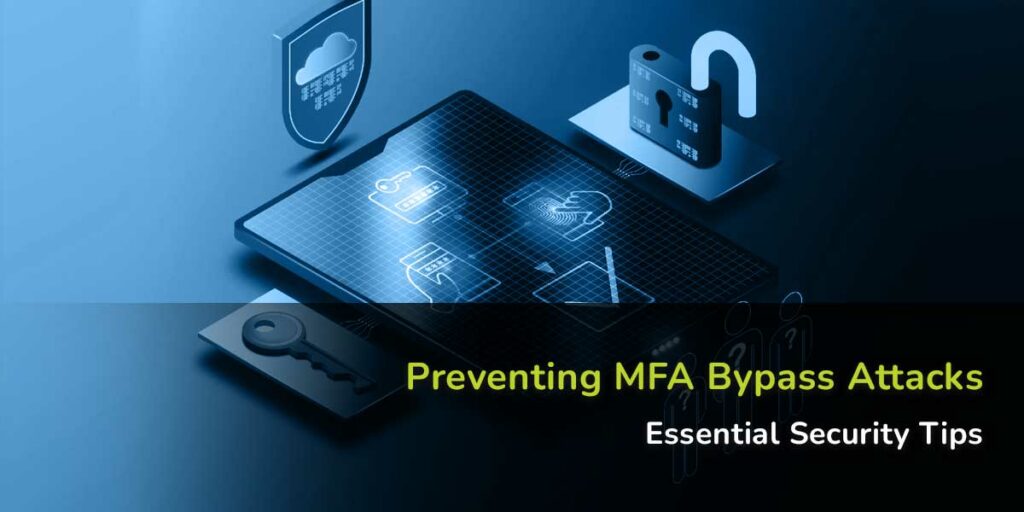
How to Prevent Attacks that Bypass MFA
In an age where cyber threats are evolving at an unprecedented pace, multi-factor authentication (MFA) has become a crucial security measure to protect sensitive data.
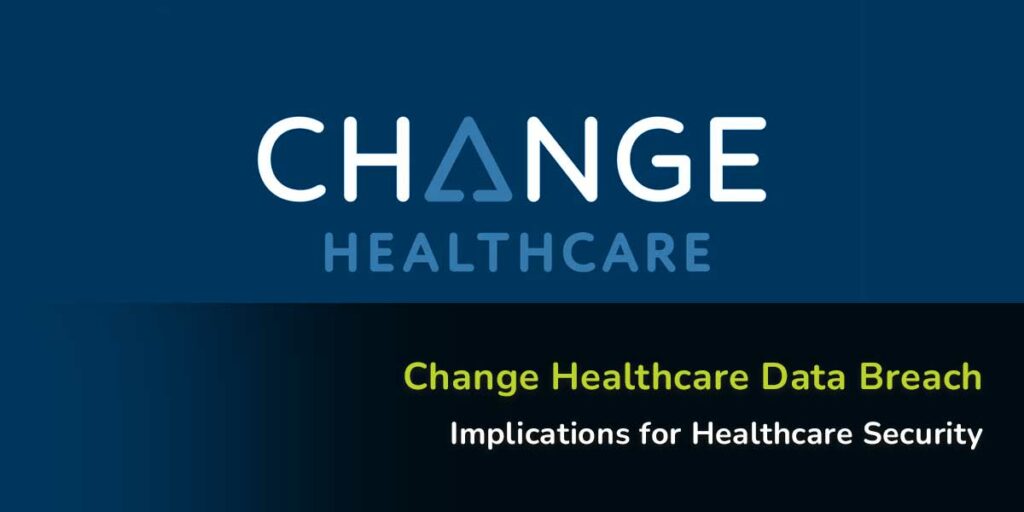
Change Healthcare’s Data Breach: The Rising Threat to Healthcare Providers
In recent news, Change Healthcare has reported a significant ransomware attack, leading to the theft of sensitive medical data. This incident underscores a growing trend
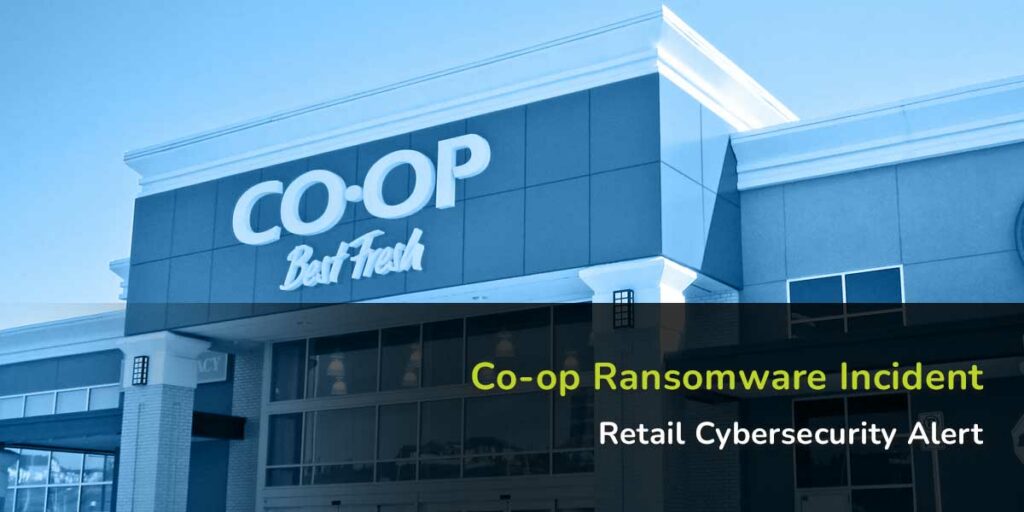
The Latest Ransomware Incident at Co-op: A Wake-Up Call for Retail Cybersecurity
In a world where digital transactions and operations are becoming the norm, cybersecurity has never been more critical. Recently, Co-op, a renowned retail chain, fell

Latest Exploit Attack on Microsoft Console: What You Need to Know
In a significant cybersecurity incident, Microsoft’s gaming division recently faced a severe exploit attack targeting its popular console. This breach underscores the growing threat landscape

Choosing the Best Office 365 Subscription Plan for Organizations with In-House Development Teams
For organizations that maintain an in-house development team, selecting the right Office 365 subscription plan is critical. The plan must not only meet basic productivity
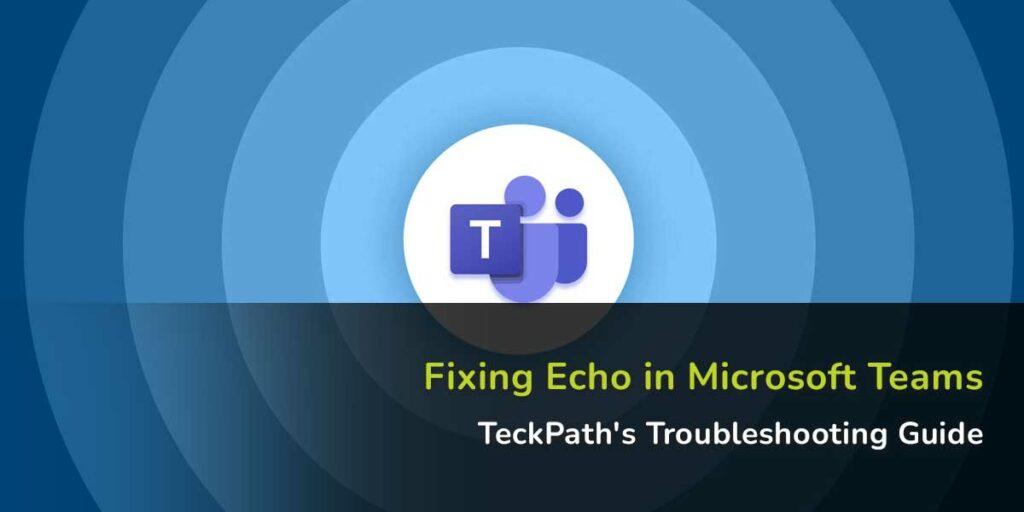
Troubleshooting Echo Issues in Microsoft Teams: TeckPath’s Step-by-Step Guide
At TeckPath, we understand how disruptive echo issues can be during Microsoft Teams meetings. After extensive testing and research, we have identified an effective solution

Embracing the Future of Security: Understanding Passwordless Authentication
each day, businesses and individuals are continuously seeking more robust methods to protect their digital assets. Passwordless authentication emerges as a promising solution, offering a
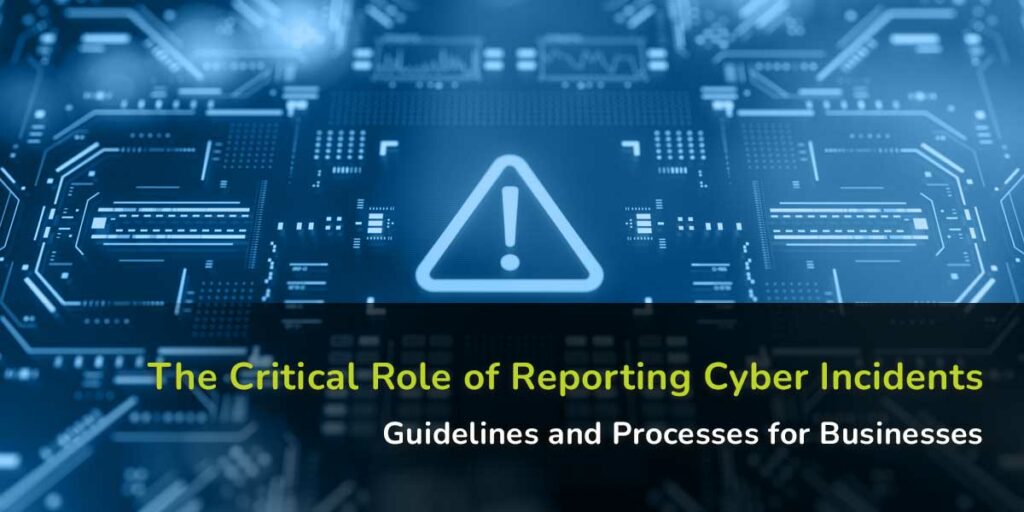
The Critical Role of Reporting Cyber Incidents: Guidelines and Processes for Businesses
In the evolving landscape of cyber threats, the importance of effectively managing and reporting cyber incidents cannot be overstated. As digital threats continue to grow

The Importance of Vendor Management: Why TeckPath Excels at It
In today’s interconnected business world, effective vendor management is crucial for maintaining smooth operations, reducing costs, and ensuring quality service delivery. The intricate web of

Combining Generative AI and RPA for Enhanced Corporate Efficiency
In today’s rapidly evolving technological landscape, businesses are constantly seeking innovative solutions to enhance efficiency and streamline operations. Two prominent technologies that have been at
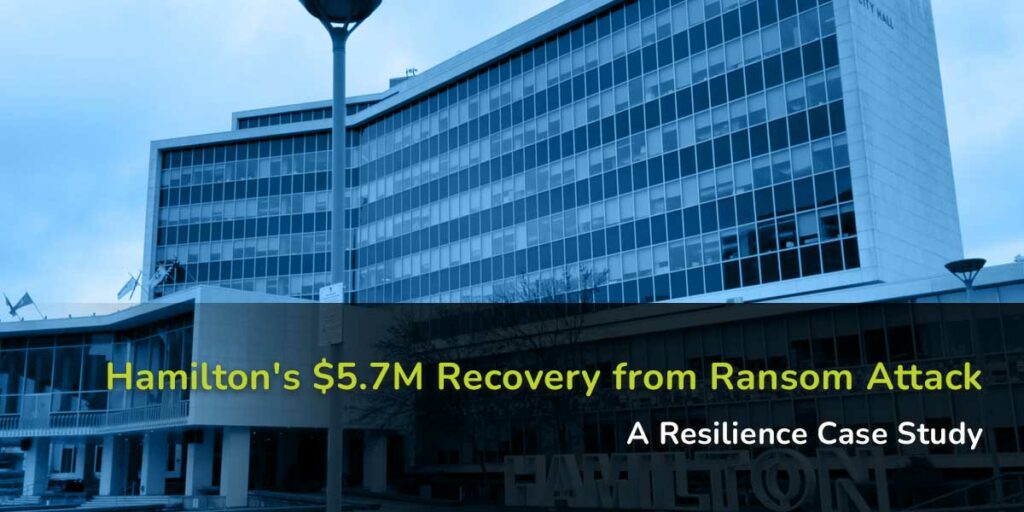
Hamilton Invests $5.7 Million to Rebound from February Ransom Attack
In a recent report, it was revealed that Hamilton spent a staggering $5.7 million to recover from a severe ransomware attack that occurred in February.
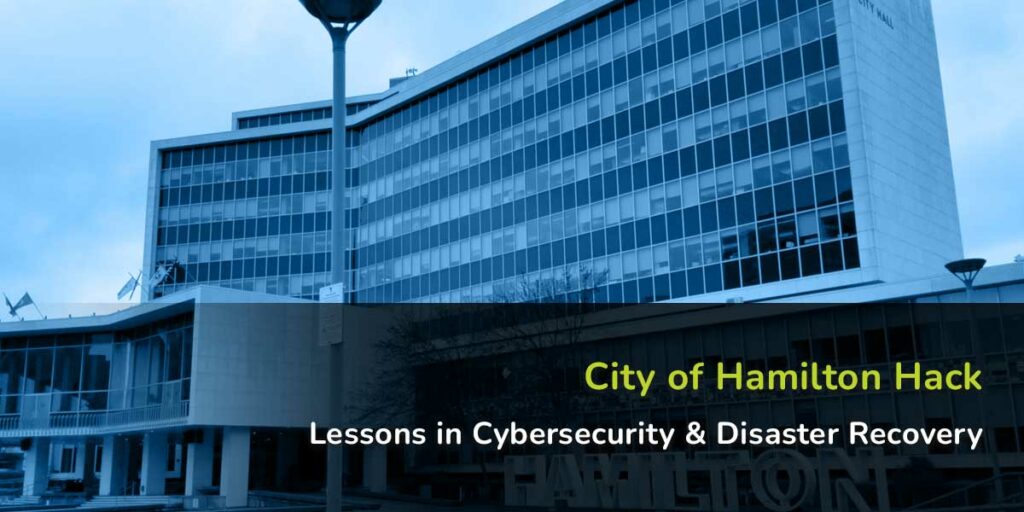
Lessons from the City of Hamilton Hack: The Crucial Role of Cybersecurity and Disaster Recovery
The City of Hamilton, Ontario, experienced a significant cybersecurity breach that underscored the critical importance of robust cybersecurity measures and effective disaster recovery plans. This
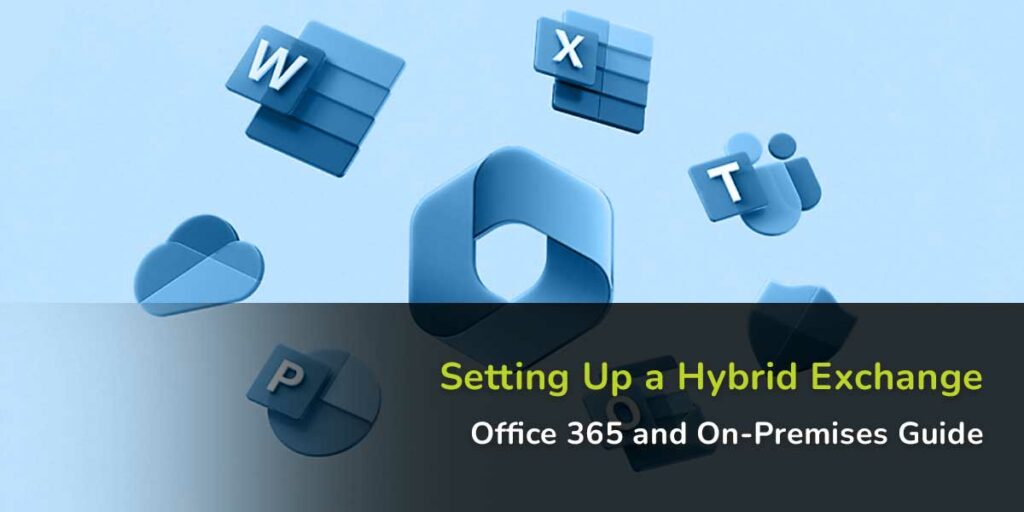
How to Configure a Hybrid Exchange Environment Between Microsoft Office 365 and On-Premises Exchange
Setting up a hybrid Exchange environment can significantly enhance your organization’s email capabilities by allowing seamless integration between on-premises Exchange servers and Microsoft Office 365.

Beware of the Copyright Infringement Scam on Facebook
The digital age has made sharing content easier than ever, but it has also opened the door to various online scams. One such scam that

Understanding the Snowflake Data Breach: What Happened and What is Affected?
In a significant event that has sent ripples through the tech community, Snowflake, the popular cloud data platform, recently experienced a data breach. This incident

Understanding the BC Libraries Breach: Incident Analysis and Current Status
In a concerning development that underscores the vulnerabilities in public sector digital infrastructure, the British Columbia Library Service recently experienced a significant cybersecurity breach. This
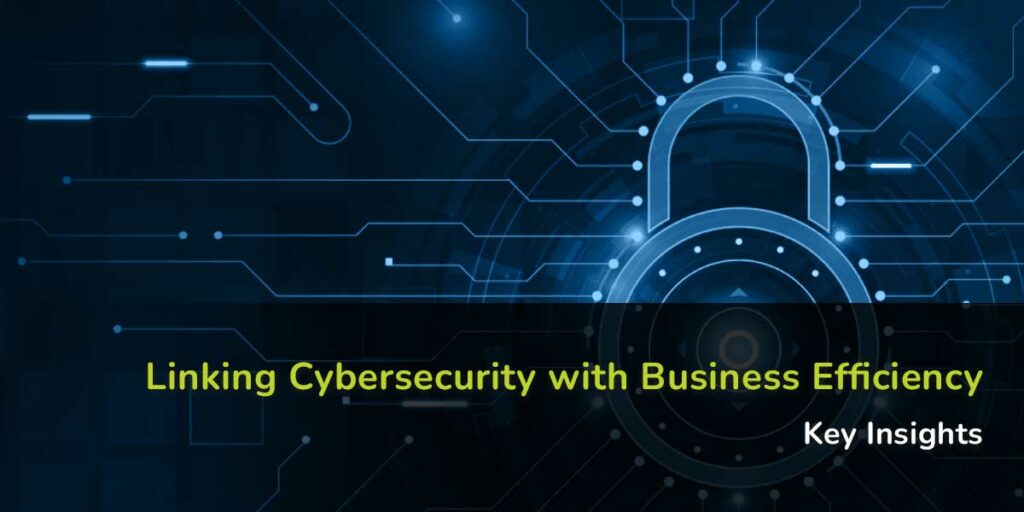
The Correlation Between Cybersecurity and Business Efficiency
In today’s digital age, cybersecurity is no longer just a technical issue but a critical component of business strategy. A robust cybersecurity solution can significantly
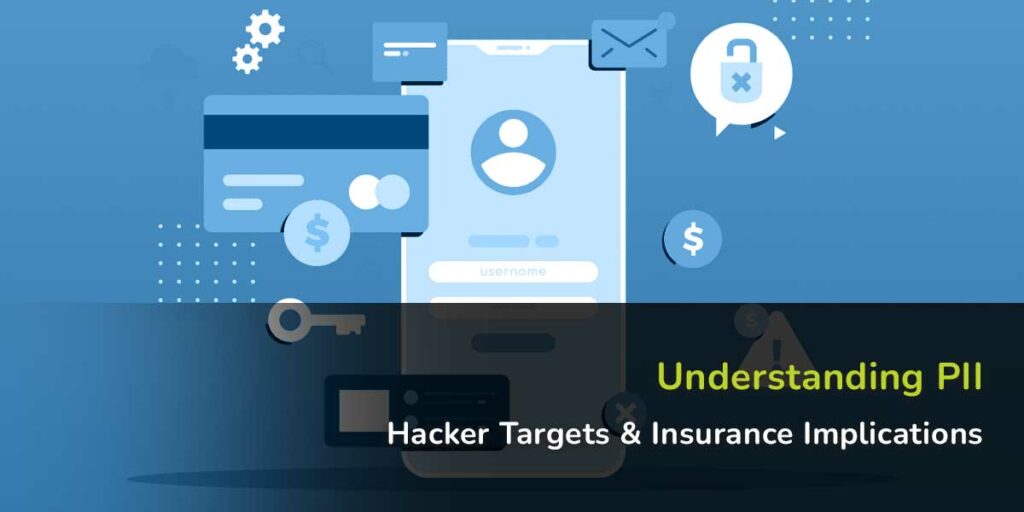
Understanding PII: Hacker Targets & Insurance Implications
Personally Identifiable Information (PII) refers to any data that can be used to identify a specific individual. This includes a wide range of information, from

Addressing Cyber Threats: Leveraging Cutting-Edge Technologies
In an era where cyber threats are increasingly sophisticated and prevalent, it is imperative for organizations to stay ahead of potential security breaches. From ransomware

Copilot PC’s and M3 MacBooks
In the dynamic world of technology, staying ahead means understanding the nuances of the tools available. Microsoft’s Copilot Plus on PCs and the forthcoming M3
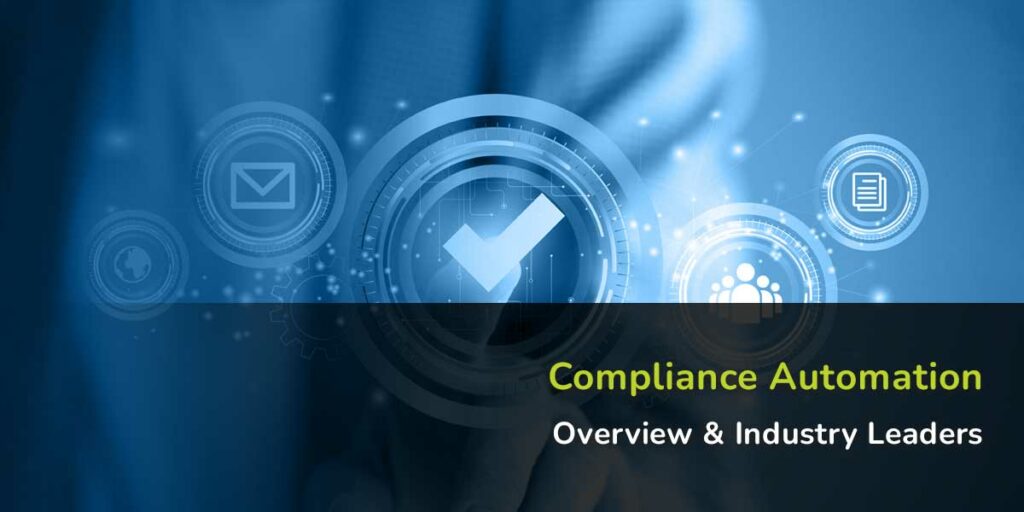
Navigating the Landscape of Compliance Automation: An Overview and Industry Leaders
In today’s fast-paced business environment, regulatory compliance is a critical aspect that organizations cannot afford to overlook. However, managing compliance manually can be a cumbersome

Choosing the Right Microsoft 365 Enterprise Plan for Your Organization
When it comes to selecting the best Microsoft 365 enterprise plan, organizations must weigh their needs in office applications, device management, security features, and budget

The Importance of Reviewing Your LinkedIn Profile: Mitigating Cybersecurity and Reputation Risks
In the digital age, where professional and corporate identities are often first encountered online, the significance of maintaining a polished and secure LinkedIn profile cannot
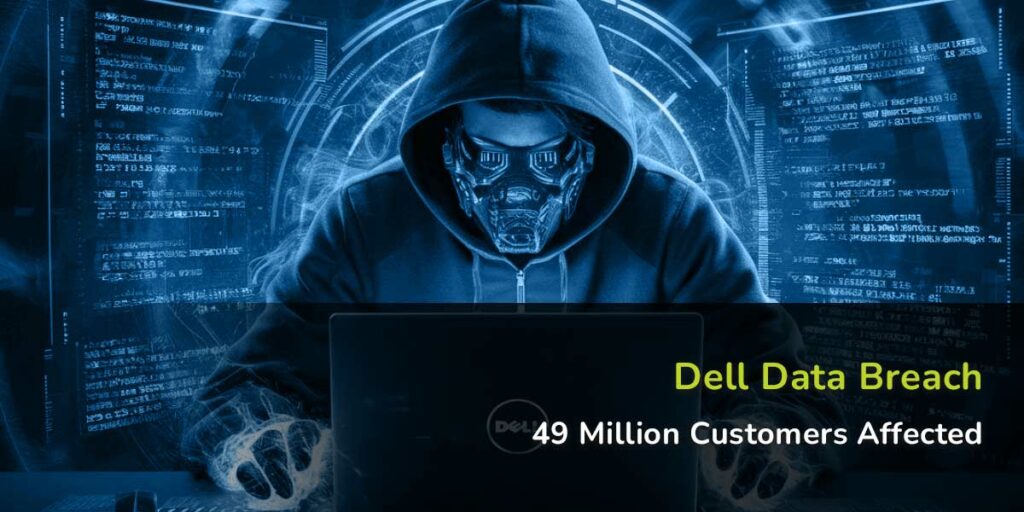
Dell Warns of Data Breach Impacting 49 Million Customers: Names, Addresses Stolen
In a concerning announcement, Dell Technologies has disclosed a significant data breach that has reportedly impacted approximately 49 million customers. This breach involved unauthorized access
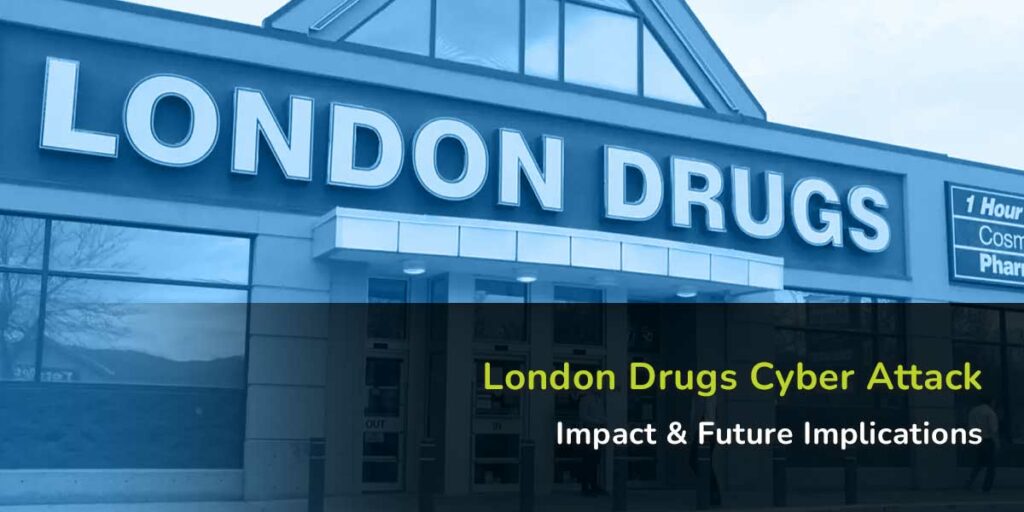
Understanding the Cyber Attack on London Drugs: Impact and Implications
London Drugs, a prominent Canadian retail pharmacy chain, recently fell victim to a significant cyber attack. The details began to surface early this week when
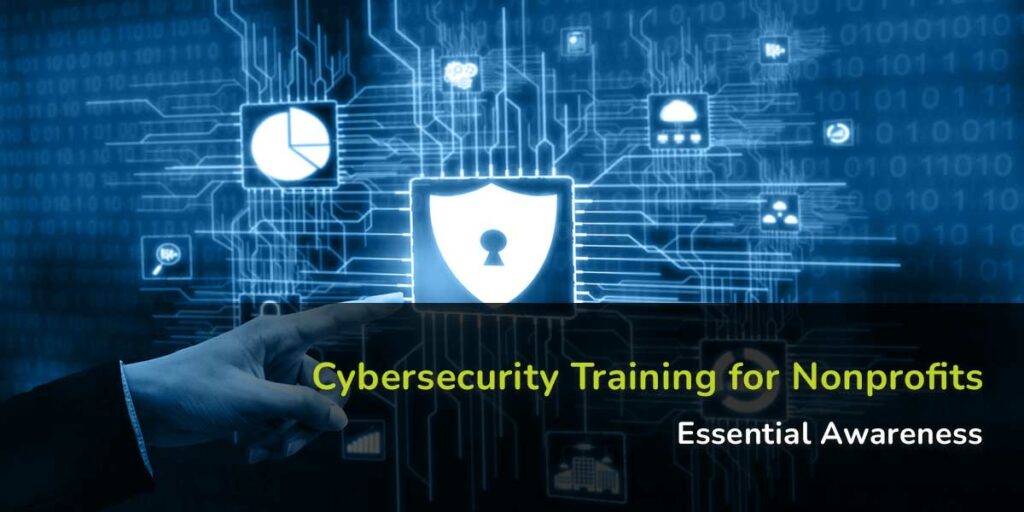
The Growing Importance of Cybersecurity Awareness Training for Nonprofits
In the digital age, cybersecurity is no longer a concern exclusive to large corporations or tech-savvy businesses. Nonprofit organizations, often perceived as lower-risk entities, are

Unraveling the Web: The Latrodectus Malware Campaign
In the dynamic world of cyber threats, a sophisticated new phishing campaign named “Latrodectus” has surfaced, exploiting well-trusted brands like Microsoft and Cloudflare to orchestrate
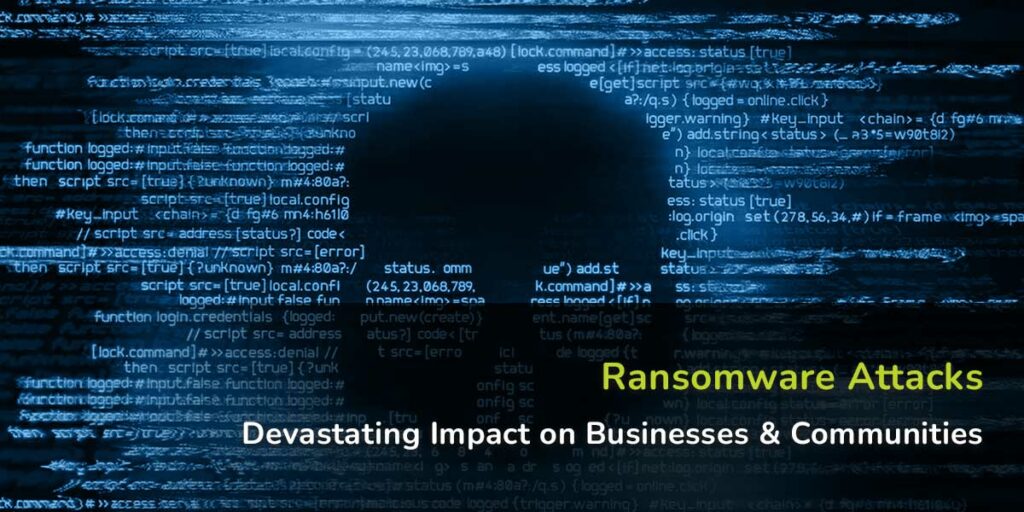
The Devastation of Ransomware Attacks in Businesses and Communities
In the ever-evolving landscape of cybersecurity, one threat looms larger and more menacingly than most: ransomware. This form of cyber attack, where hackers encrypt an
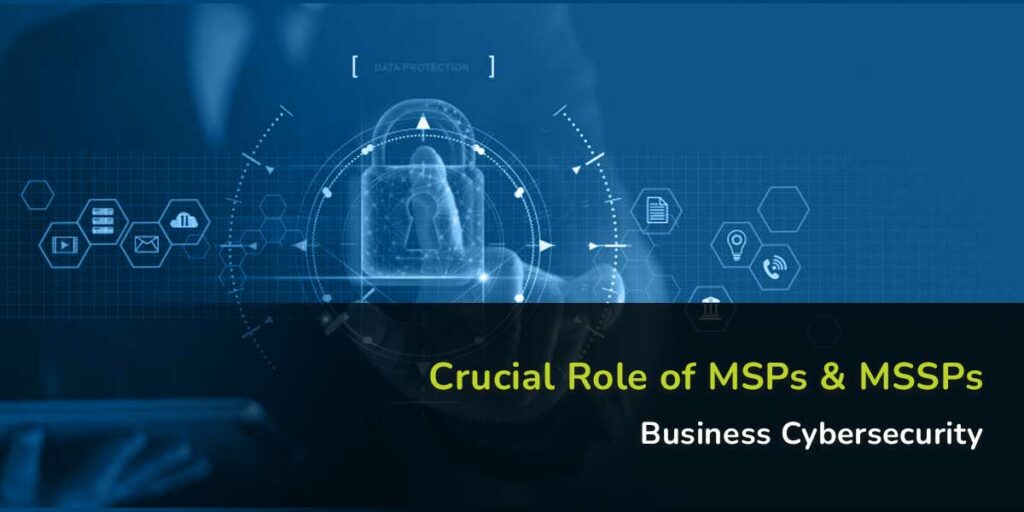
The Essential Role of MSPs and MSSPs in Modern Business Cybersecurity
In today’s digital-first landscape, businesses are increasingly dependent on technology for daily operations, growth, and competitive advantage. This reliance, however, comes with heightened risks in
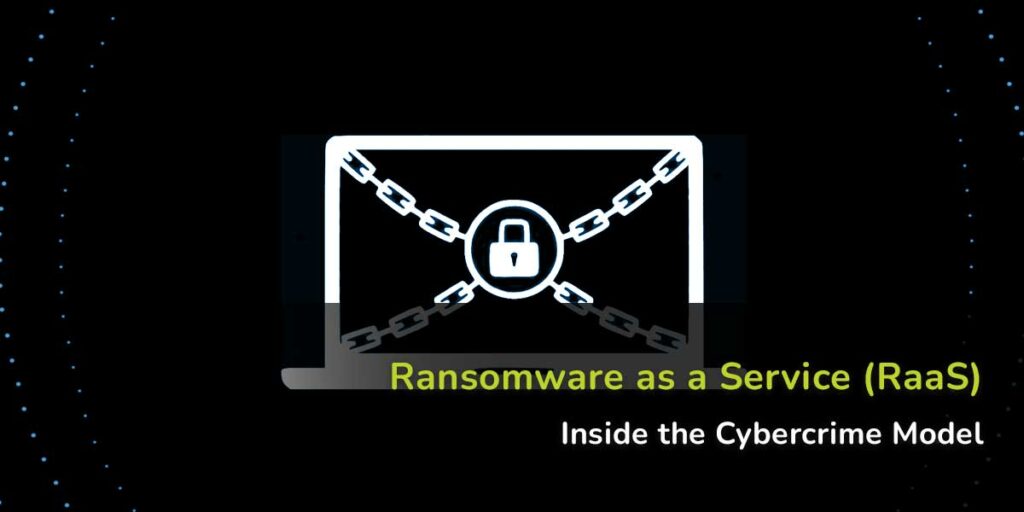
Understanding Ransomware as a Service (RaaS): The Cybercrime Business Model
In the shadowy corners of the internet, a new business model has emerged that mirrors legitimate SaaS (Software as a Service) operations but serves a
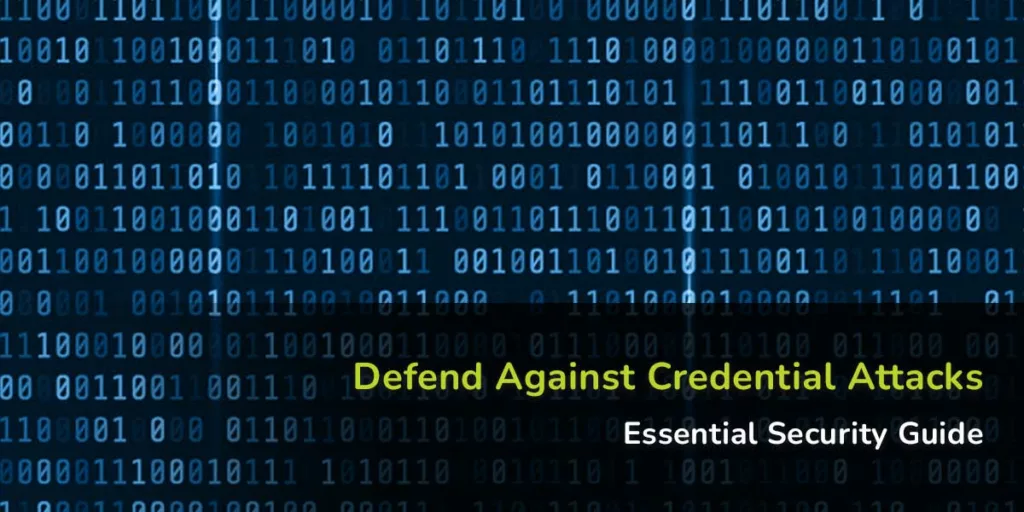
Understanding and Defending Against Credential Attacks
In today’s digital age, the security of online credentials has never been more critical. Credential attacks, a prevalent form of cyber assault, pose significant threats
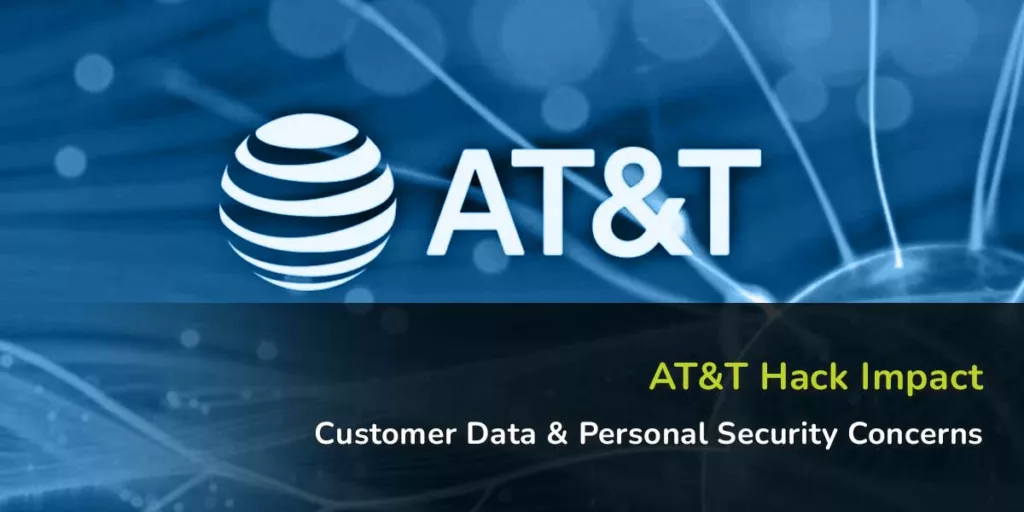
The Ripple Effect of the AT&T Hack on Customer Data and Personal Security
The recent revelations surrounding the AT&T hack have ignited widespread concern, pointing to a larger discourse on customer data, privacy, and personal safety. With millions

Navigating the Digital Operational Resilience Act (DORA): A Comprehensive Guide
In an era where digital transformation shapes the backbone of the financial sector, ensuring the operational resilience of digital systems has never been more crucial.

The Advantages of Server and Domain Environments for AVImark Performance
In the world of veterinary practice management, AVImark has emerged as a leading software solution, offering a comprehensive suite of features to streamline operations. However,

The Unseen Battles of Leadership: Perseverance Against All Odds
Leadership is a journey fraught with challenges, obstacles, and sometimes heart-wrenching decisions. It’s a path that demands resilience, courage, and an unwavering commitment to doing
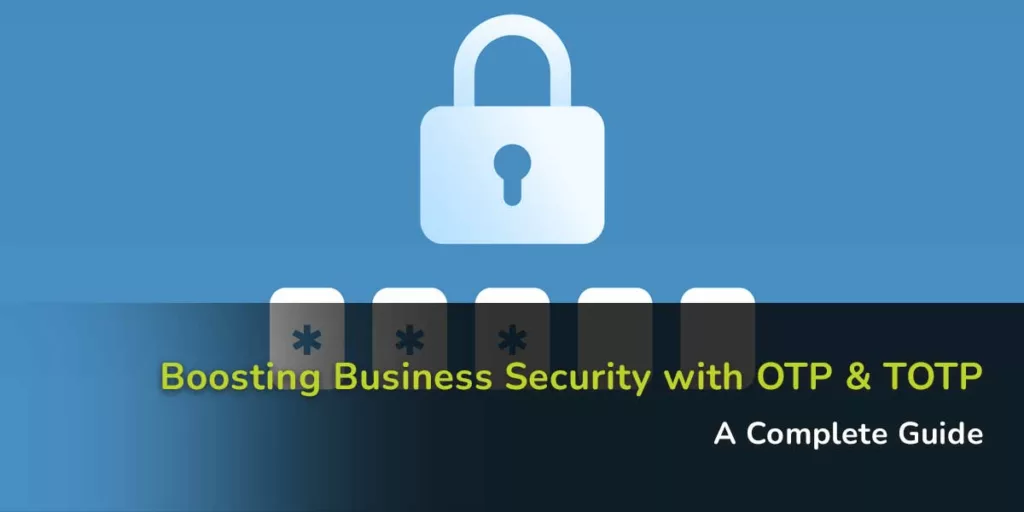
Enhancing Security with OTP and TOTP: A Guide for Businesses
In the digital age, where cybersecurity threats loom large over businesses of all sizes, traditional username and password authentication methods no longer suffice to protect
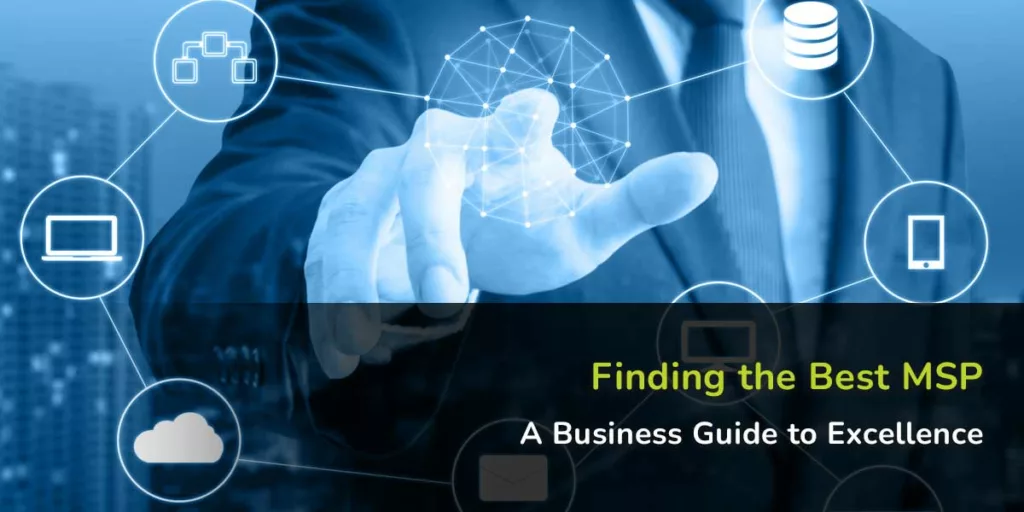
Discovering the Best MSP for Your Business: A Guide to Excellence
In the ever-evolving landscape of technology, Managed Service Providers (MSPs) have become the cornerstone for businesses aiming to optimize their IT infrastructure while focusing on
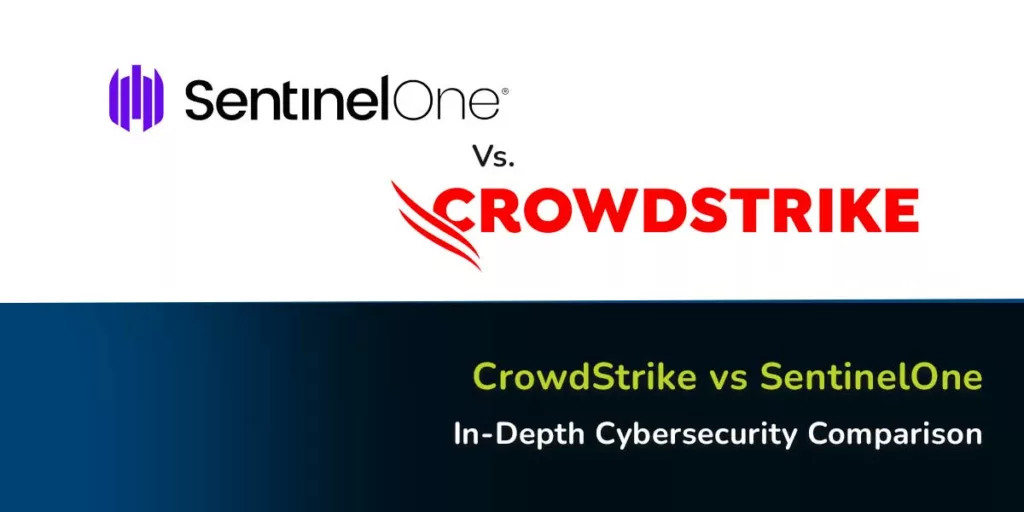
CrowdStrike vs SentinelOne: A Detailed Comparison
In the ever-evolving landscape of cybersecurity, two names frequently emerge as top contenders: CrowdStrike and SentinelOne. Both companies offer cutting-edge solutions for protecting enterprises from
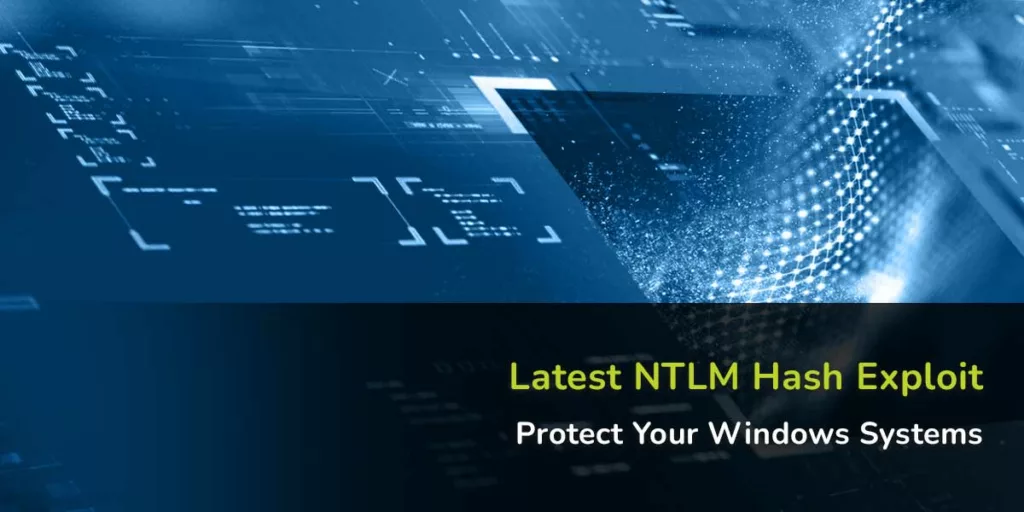
Navigating the Latest NTLM Hash Exploit on Windows Systems
In recent times, the cybersecurity landscape witnessed a significant event with the discovery of a new exploit targeting the NTLM hash mechanism on Windows systems.

The Unseen Mentors: How Business Relationships Shape IT Service Excellence
In the intricate tapestry of the IT service industry, the threads of mentorship are woven not just through formal training or leadership but also, and
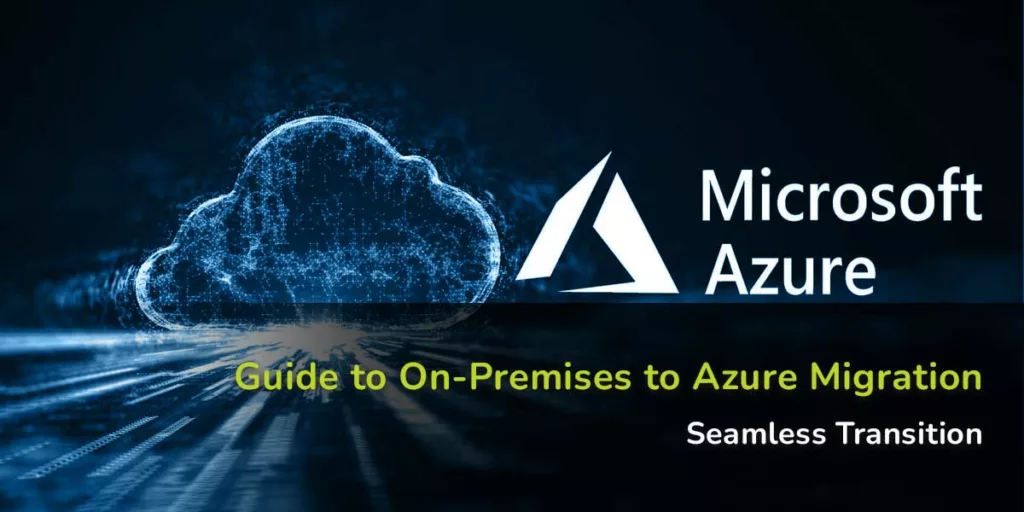
Migrating from On-Premises to Azure: A Comprehensive Guide
The transition from an on-premises environment to Azure represents a significant leap towards scalability, flexibility, and innovation for any organization. This migration not only introduces
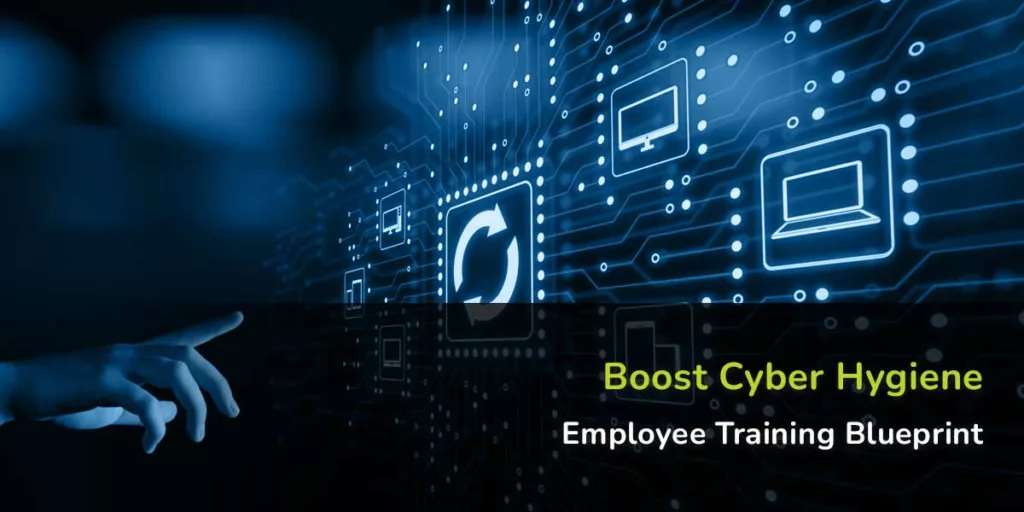
Elevating Cyber Hygiene: A Blueprint for Employee Training
In the digital age, where cyber threats loom large over businesses of all sizes, the importance of robust cyber hygiene cannot be overstated. Cyber hygiene
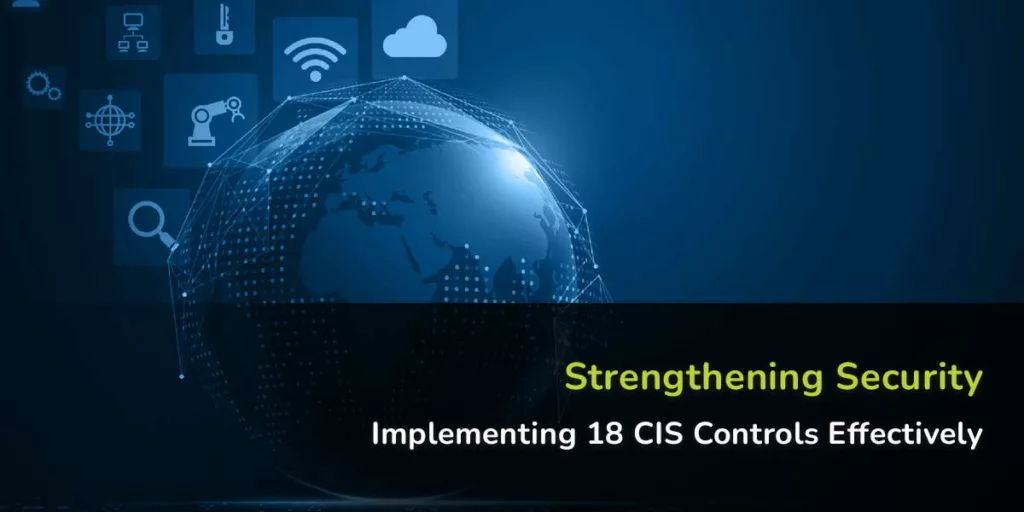
Fortifying Cybersecurity: Implementing the 18 CIS Controls
In the ever-evolving world of cybersecurity, staying ahead of threats is crucial. The Center for Internet Security (CIS) Controls provide a comprehensive framework to bolster
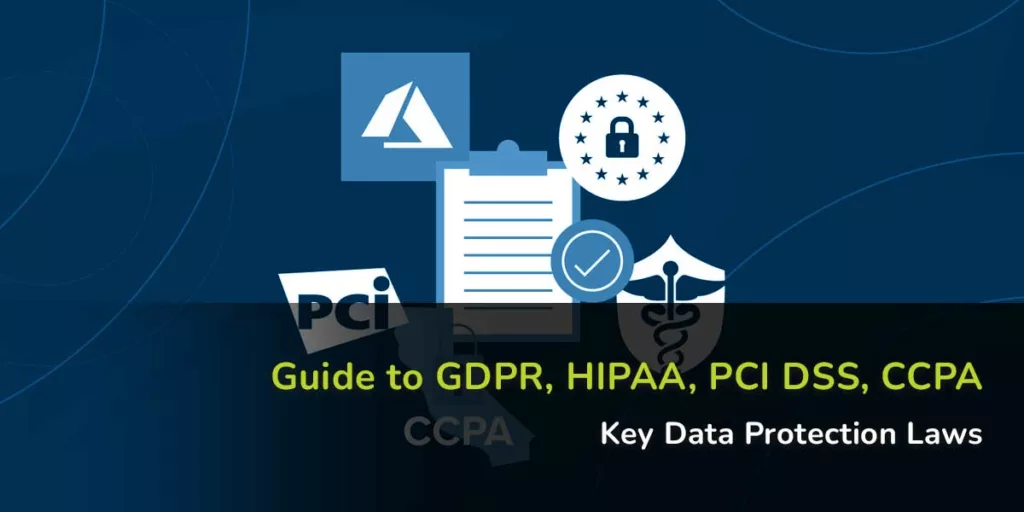
Understanding GDPR, HIPAA, PCI DSS, and CCPA: A Guide to Data Protection Laws
In today’s digital age, the protection of personal and sensitive data is of paramount importance. Several data protection laws and regulations have been implemented worldwide
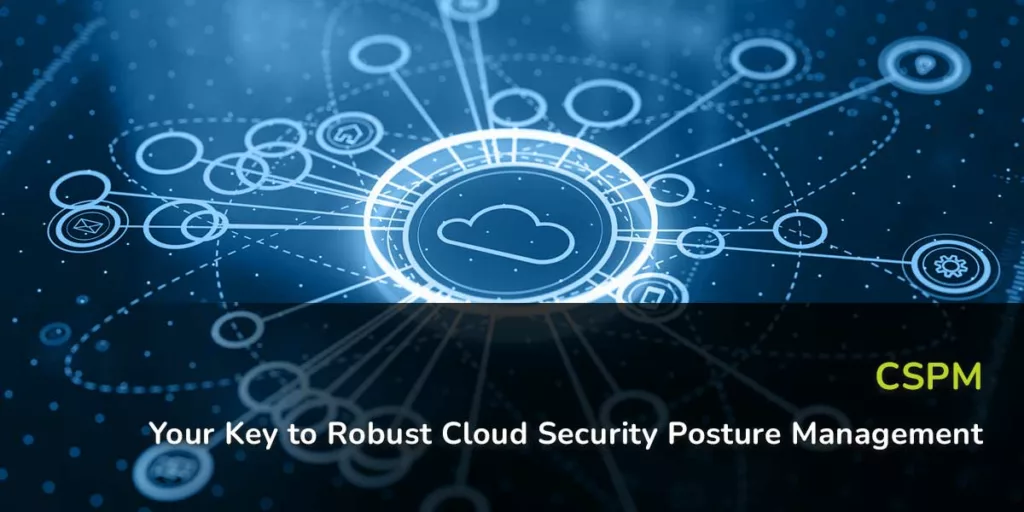
Cloud Security Posture Management (CSPM): Protecting Your Digital Fortress
In today’s digital age, businesses are increasingly migrating their operations to the cloud to take advantage of its scalability, flexibility, and cost-efficiency. While the cloud

Navigating Beyond Windows 10: Understanding End of Support and Future Directions
As we advance through the digital age, staying updated with software lifecycles is crucial for maintaining security, efficiency, and competitiveness. A pivotal moment is on

The Strategic Advantages of Enabling Single Sign-On with Azure AD for Network Attached Storage
In today’s complex IT environments, the integration of single sign-on (SSO) solutions like Azure Active Directory (Azure AD) with Network Attached Storage (NAS) systems represents

AI: The Vanguard of IT Support and Cybersecurity Solutions with TeckPath
In the rapidly evolving world of technology, businesses face the constant challenge of staying ahead of cyber threats while ensuring seamless IT operations. This is
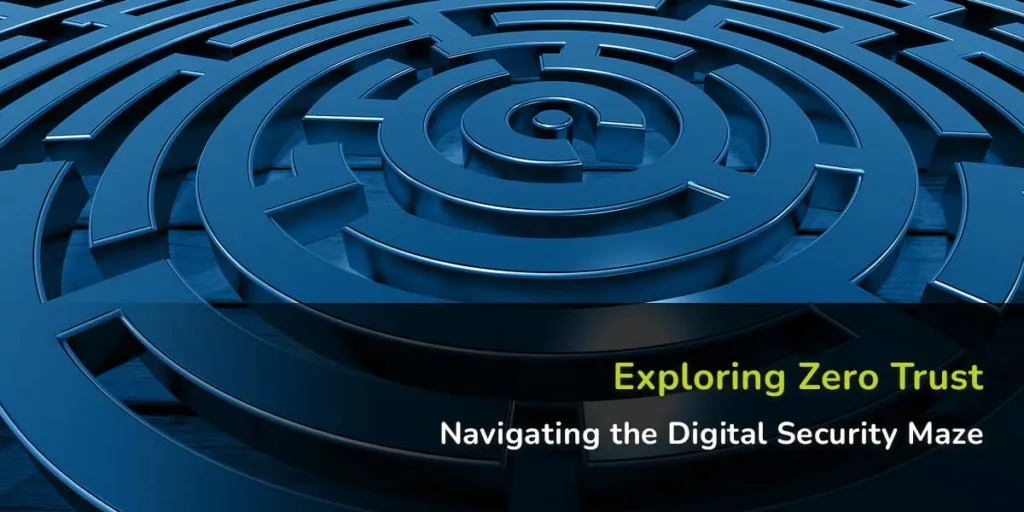
Navigating the Digital Labyrinth: The Zero Trust Model Explained
In an era where cyber threats loom around every corner of the digital world, safeguarding our online fortresses has never been more critical. The Zero

Leading by Example: The Core of Effective Leadership in the Technology Industry
In the realm of leadership, “leading by example” is more than just a catchphrase; it embodies the essence of genuine leadership. This principle suggests that

The FortiGate Breach: A Cyber Espionage Saga
In a sophisticated cyber espionage operation that reads like a plot from a high-stakes thriller, Chinese state-backed hackers targeted the Dutch military’s computer network through
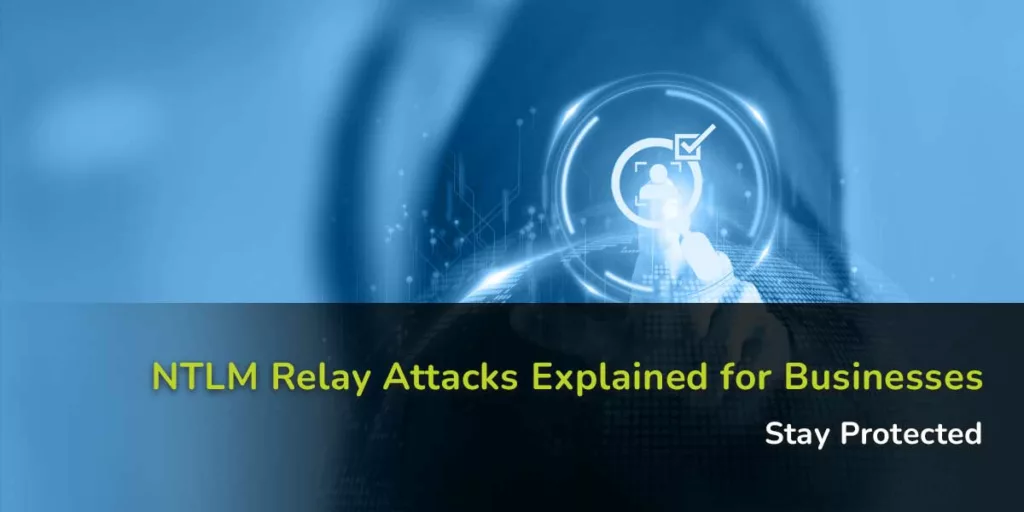
Understanding NTLM Relay Attacks: What Businesses Need to Know
In the realm of cybersecurity, NTLM (NT LAN Manager) relay attacks have emerged as a significant threat to organizations of all sizes. As businesses increasingly

Singularity XDR: Revolutionizing Cybersecurity with Unified Threat Management
In an era where cyber threats are not only increasing in volume but also in sophistication, businesses and organizations are perpetually on the lookout for
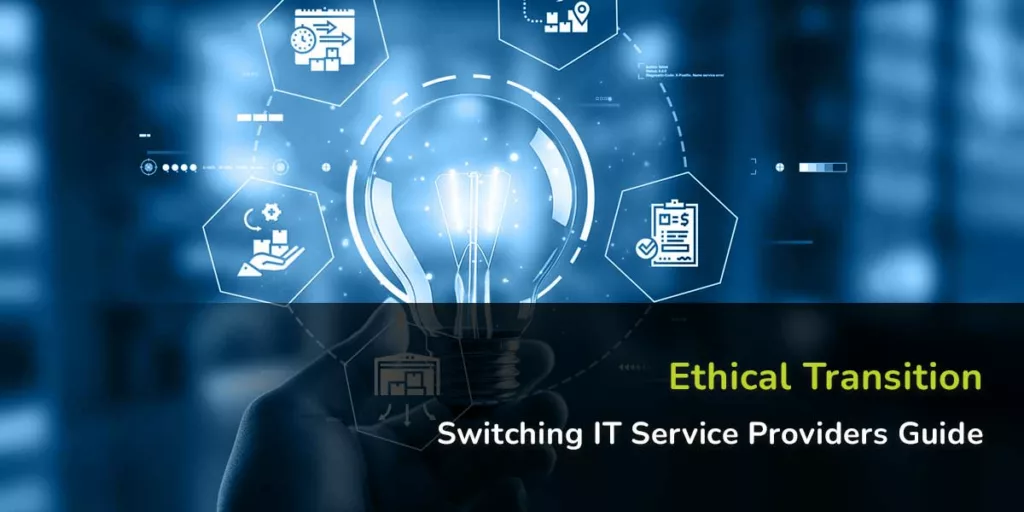
Making the Transition: A Guide to Switching IT Service Providers Ethically and Effectively
Switching from one IT service provider to another is a significant decision for any business. It involves not just the adoption of new technologies and

IT Provider’s Role Before Granting Third-Party Network Access
In today’s interconnected world, businesses often need to grant access to their network infrastructure to third-party consultants for various reasons, such as software implementation, system

TeckPath Triumphs in Cybersecurity: A 2023 Milestone
In the dynamic world of cybersecurity, it’s essential to recognize those who set the bar high. TeckPath, a Calgary-based cybersecurity firm, has done just that,
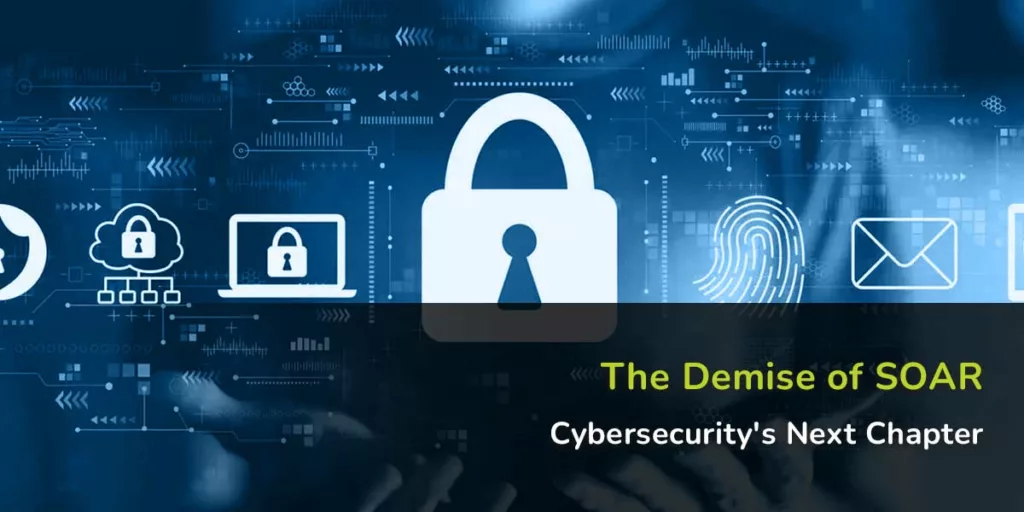
SOAR what is it and why is it dead? What is next for the cybersecurity industry?
SOAR, which stands for Security Orchestration, Automation, and Response, is a term that gained prominence in the cybersecurity industry over the past decade. However, to

Identifying Unethical Financial Practices in Project Management
In the complex landscape of project management, ethical integrity is paramount. However, there are instances where a project manager may cross ethical boundaries for personal
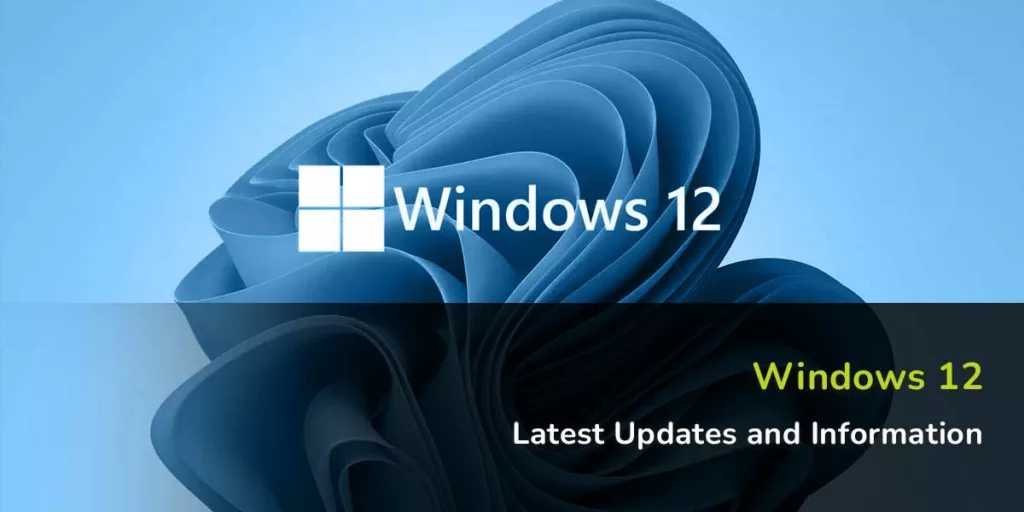
Windows 12: What We Know So Far
Windows 11 has been out for less than a year, but Microsoft is already working on the next major version of its operating system. While
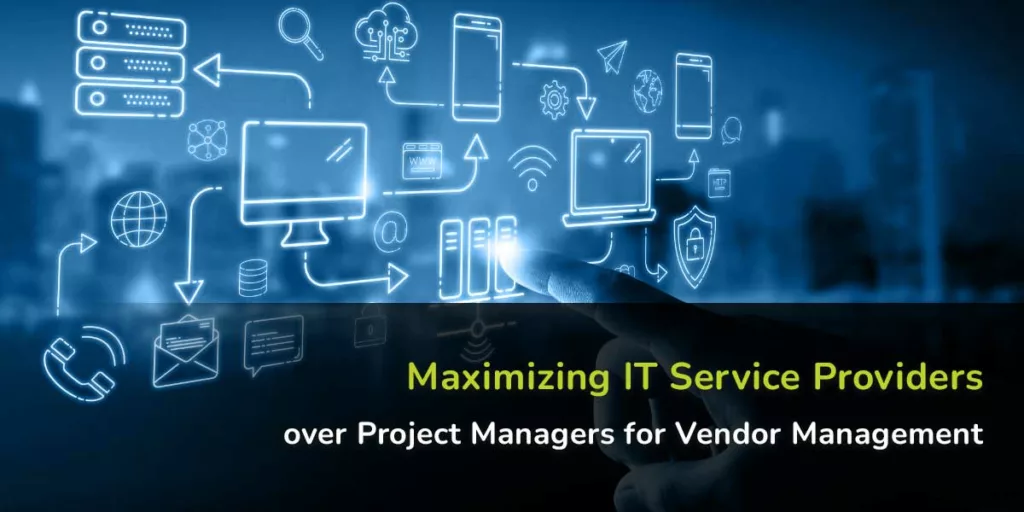
Maximizing IT Service Providers over Project Managers for Vendor Management
In the complex world of business, managing third-party vendors effectively is crucial. While both IT providers and project managers play significant roles in this process,
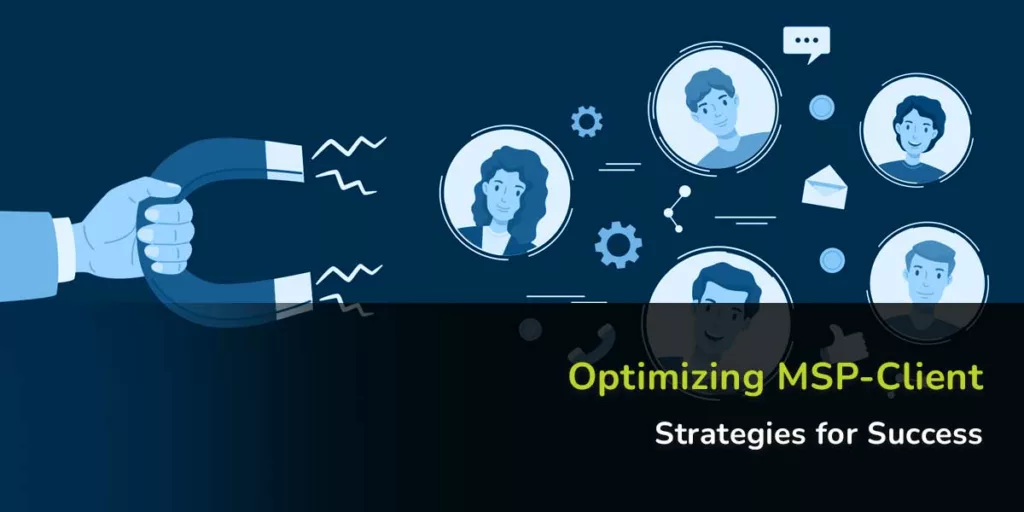
Identifying a great strategy between a Managed Service Provider (MSP) and the client
Identifying a great strategy between a Managed Service Provider (MSP) and the client is crucial for ensuring a successful and mutually beneficial partnership.

Why Involving a Third-Party Project Manager to Communicate with Your IT Services Provider Causes Issues
In the realm of IT projects, communication stands as a pillar of success. However, the dynamics change when an intermediary, such as a third-party project
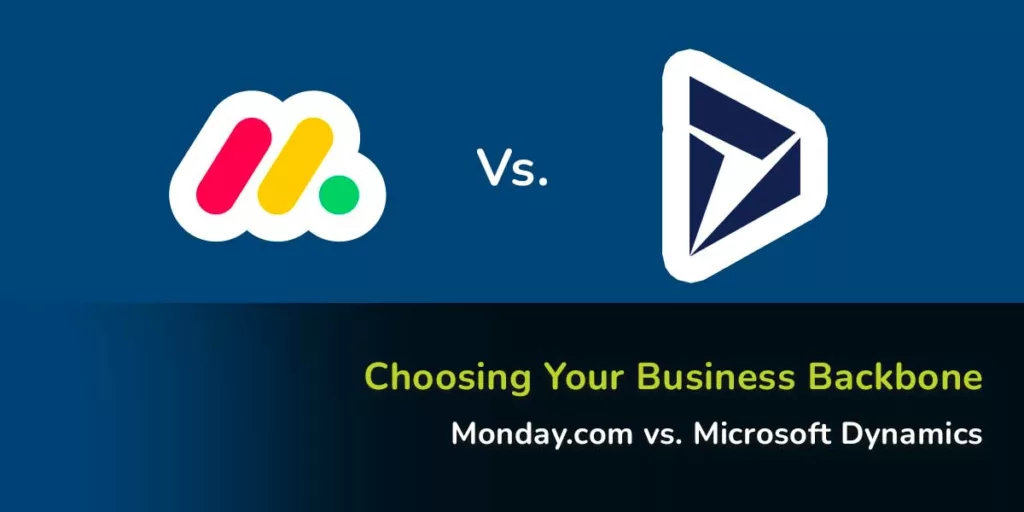
Monday.com vs. Microsoft Dynamics: Which Solution Is Right for Your Business?
When choosing a business management solution, it’s essential to find a platform that meets your company’s specific needs and goals. Two of the most popular
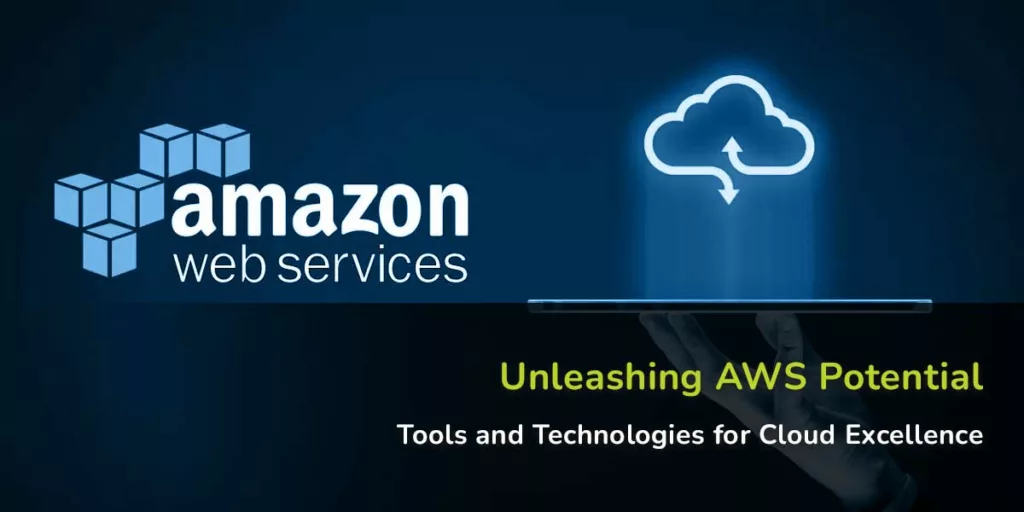
Exploring the Best Tools and Technologies on Amazon Web Services (AWS)
Amazon Web Services (AWS) has established itself as a leading cloud computing platform, offering a wide range of services to help businesses scale and innovate.
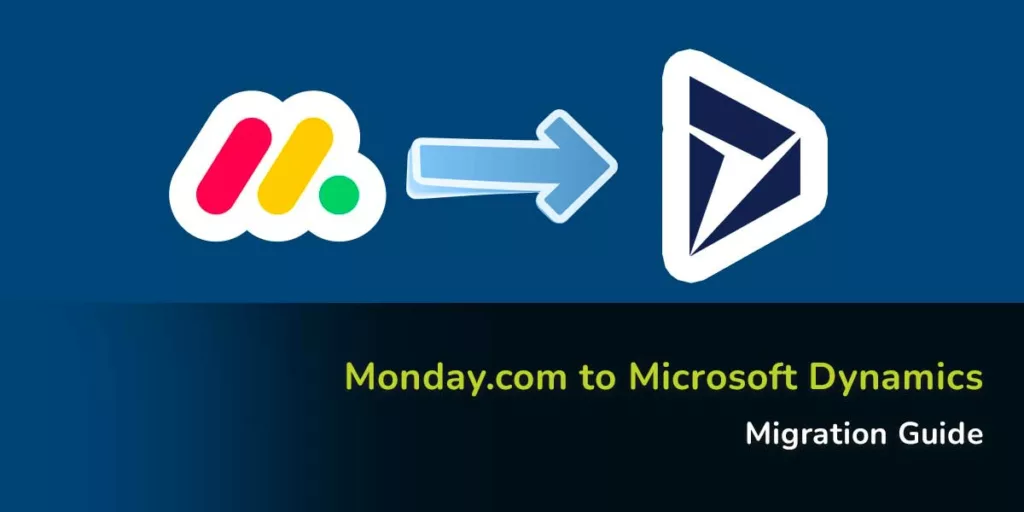
Migrating from Monday.com to Microsoft Dynamics: A Comprehensive Guide
In the world of project management and CRM systems, organizations frequently find themselves needing to pivot from one platform to another. Whether it’s due to
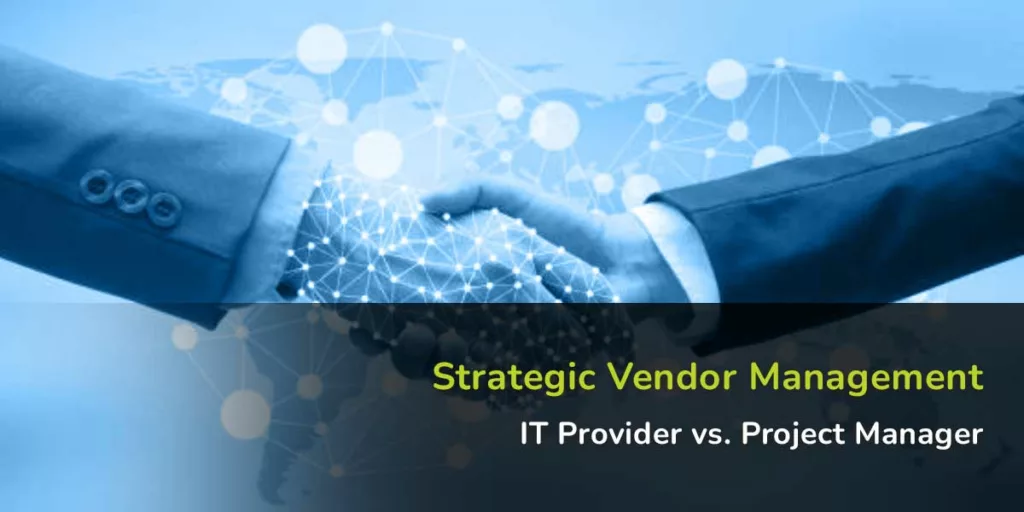
Why Rely More on Your IT Provider Over Your Project Manager When Managing Third-Party Vendors?
In today’s digital age, businesses constantly engage with third-party vendors to leverage specialized expertise, access unique tools, and stay competitive. Managing these relationships often requires

What leading MSPs are doing to differentiate from their competition
The managed services industry is growing rapidly, as more and more businesses adopt cloud computing, IoT, and data analytics to enhance their digital transformation. However,

Understanding Red Hat OpenShift and Its Best Suited Industries
Red Hat OpenShift has been making waves in the IT industry, capturing the attention of organizations seeking to leverage containerization and orchestration to achieve optimal
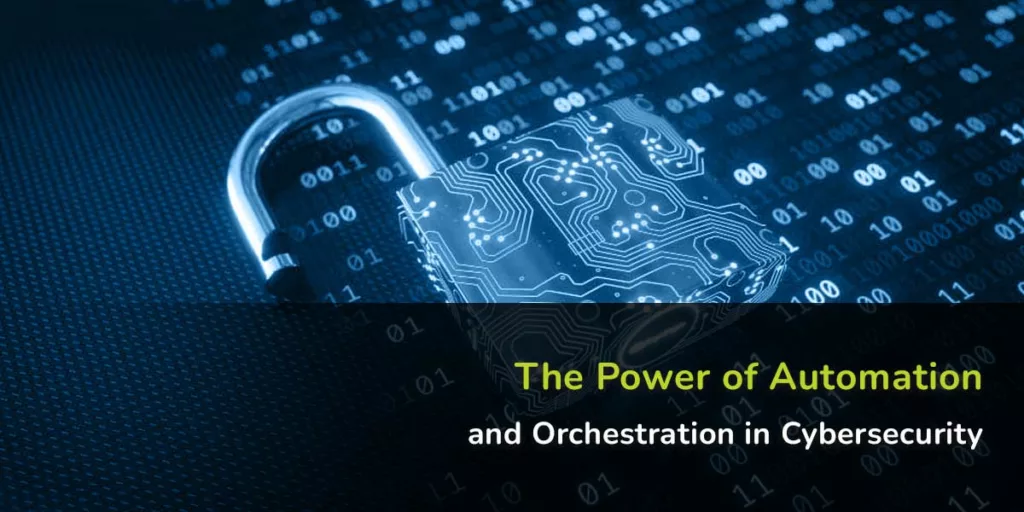
The Power of Automation and Orchestration in Cybersecurity
In the ever-evolving landscape of cybersecurity, staying one step ahead of cyber threats is a continuous challenge. As cyberattacks become more sophisticated and frequent, organizations
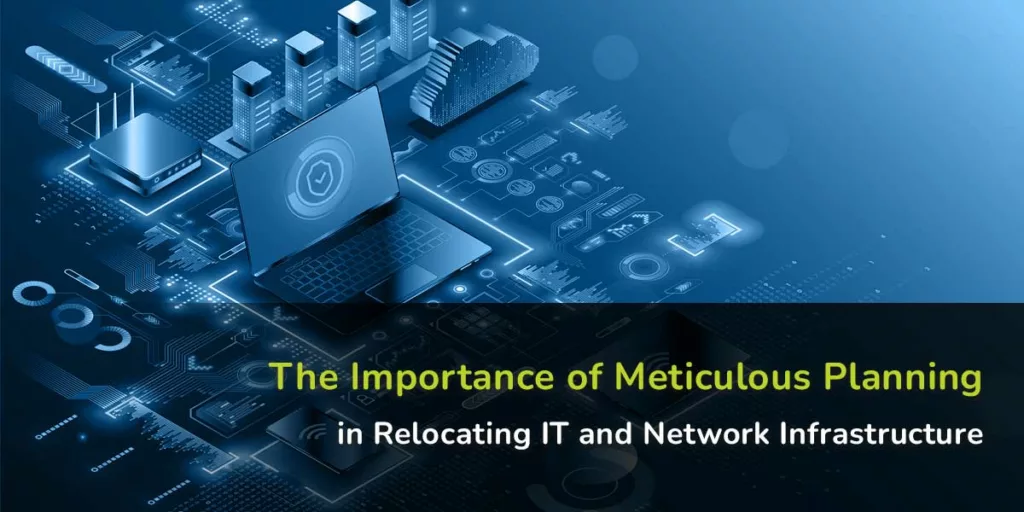
The Importance of Meticulous Planning in Relocating IT and Network Infrastructure
Moving a business to a new location is a significant undertaking that involves various complex tasks. Among the most critical aspects of a business relocation
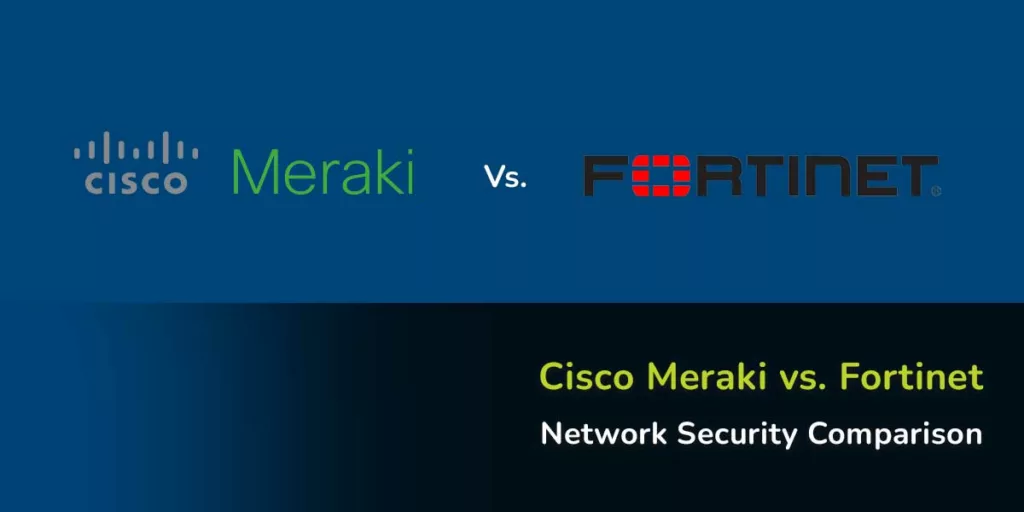
Cisco Meraki vs. Fortinet: Network Security Comparison
In the ever-evolving world of network security, choosing the right solution for your organization can be a daunting task. Cisco Meraki and Fortinet are two
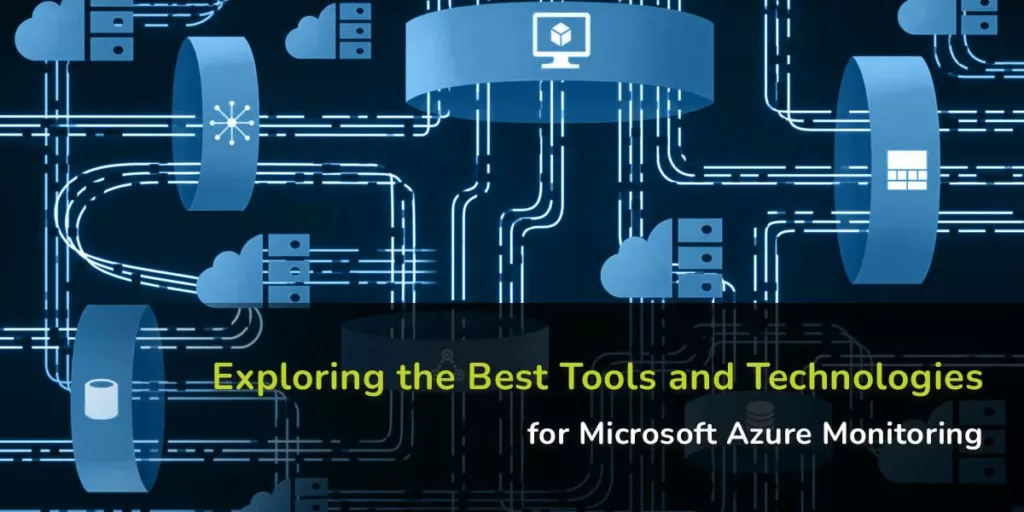
Exploring the Best Tools and Technologies for Microsoft Azure Monitoring
In today’s rapidly evolving digital landscape, ensuring the performance, availability, and security of your cloud infrastructure is crucial. Microsoft Azure, one of the leading cloud
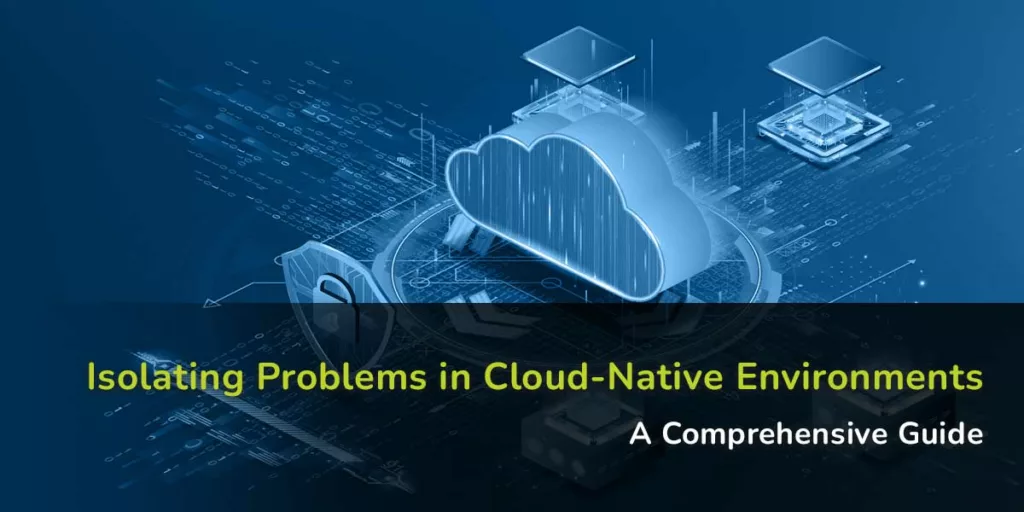
Isolating Problems in Cloud-Native Environments: A Comprehensive Guide
Cloud-native environments have revolutionized the way businesses operate by providing scalability, flexibility, and agility. However, managing and troubleshooting issues in such complex ecosystems can be

Why Involving Your IT Services Provider in Vendor Management is Crucial for Business Security and Continuity
Vendor management and engagement have always been significant for businesses, but in today’s digital age, it’s not just about negotiating contracts and ensuring timely deliveries.
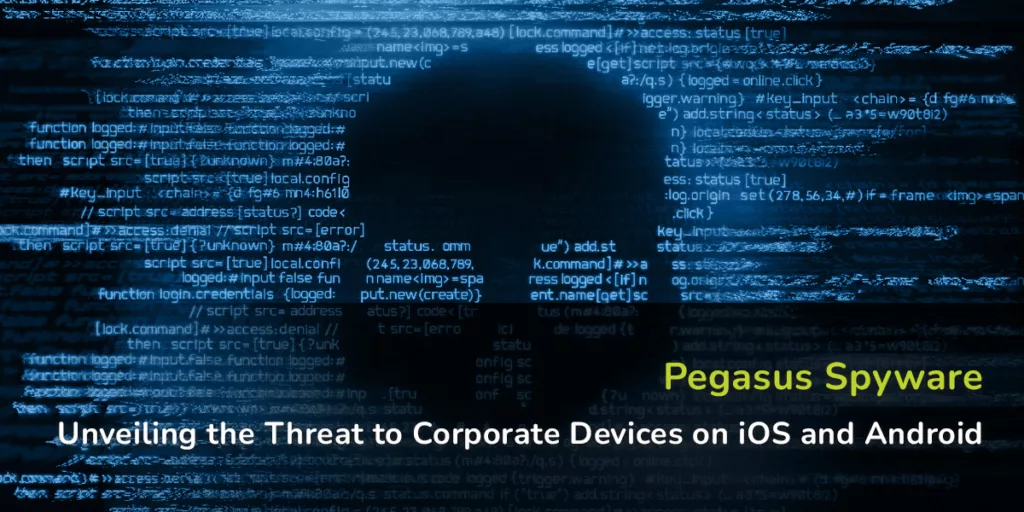
The Pegasus Spyware – Unveiling the Threat to Corporate Devices on iOS and Android
In today’s digital era, the security of mobile devices has become a critical concern for individuals and businesses alike. Among the various cybersecurity threats, one
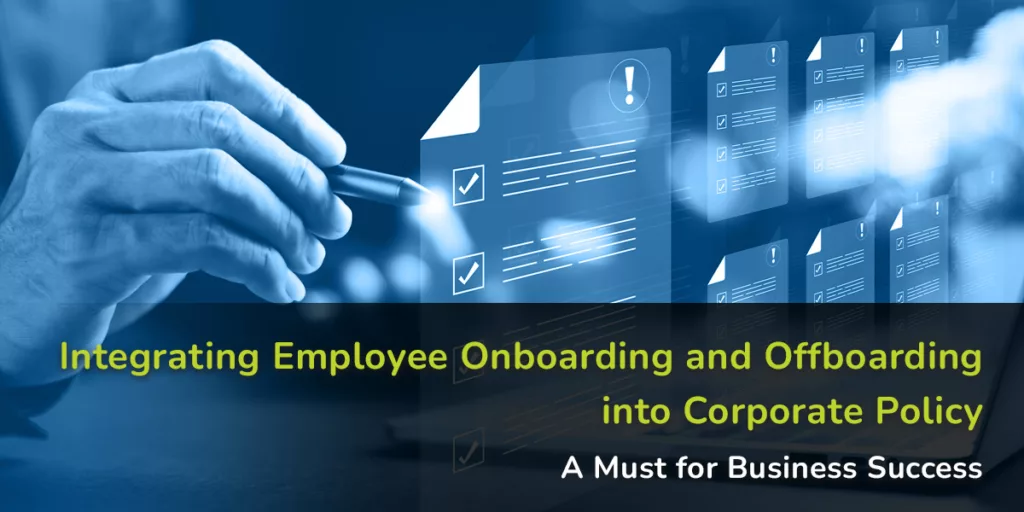
Integrating Employee Onboarding and Offboarding into Corporate Policy: A Must for Business Success
An often underappreciated yet crucial aspect of human resource management, the process of onboarding new hires and offboarding departing ones, significantly contributes to an organization’s
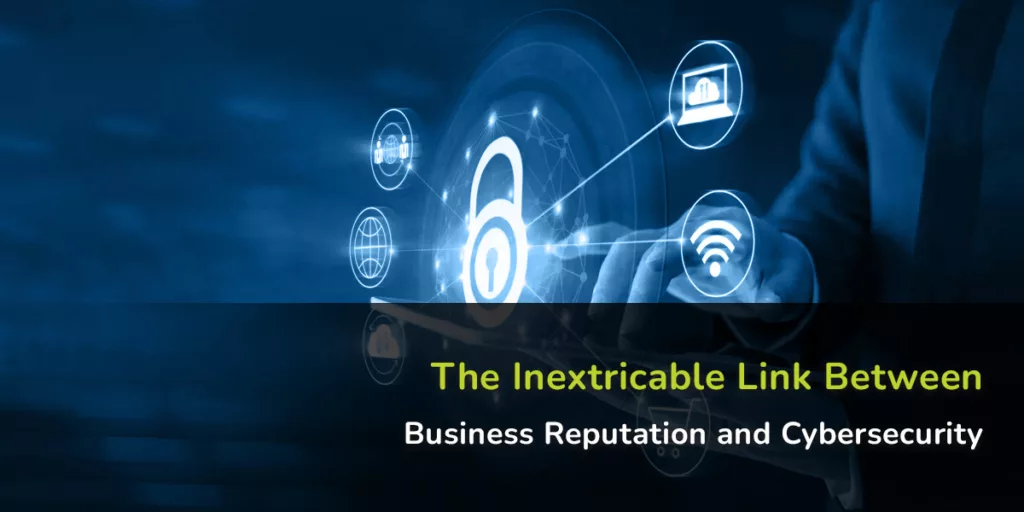
The Inextricable Link Between Business Reputation and Cybersecurity
In today’s interconnected world, the digital landscape is a crucial playing field for businesses across all sectors. However, with this evolution comes an increasing need

The Business Risk of Too Many Third-Party Vendors: A Cybersecurity Perspective
In today’s digitally-driven business landscape, it’s commonplace for organizations to engage with a myriad of third-party vendors. These external entities offer specialized services, cost efficiencies,
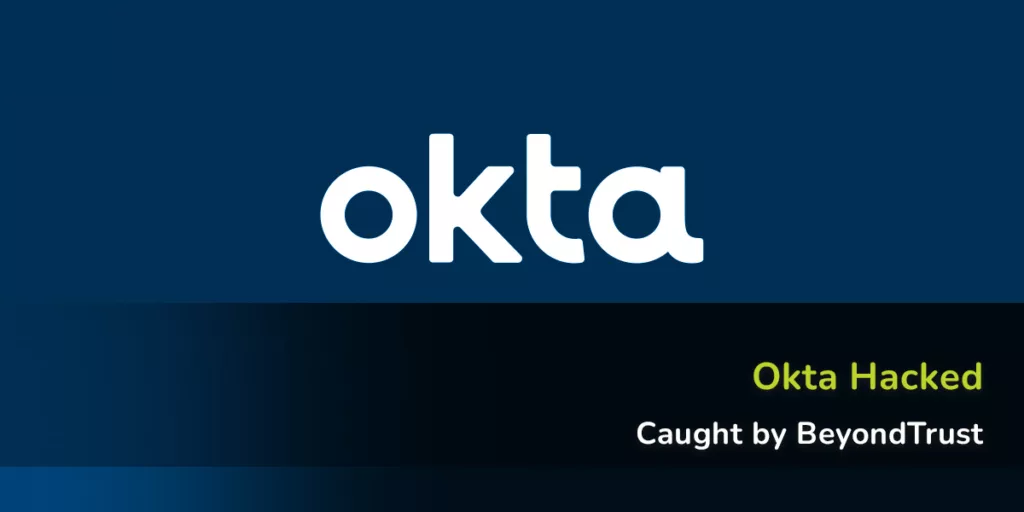
Okta’s Latest Hack Caught by BeyondTrust
Okta, a company that provides identity tools like multi-factor authentication and single sign-on to thousands of businesses, has suffered a security breach involving a compromise

The Importance of Protecting the Security Number of Your Business Account
In the modern age, where almost every transaction has a digital footprint, the safeguarding of sensitive information has never been more crucial. One of the

How to Choose the Right Microsoft 365 Plan for Your Business Security Needs
Microsoft 365 is a cloud-based service that offers various plans for small, medium, and large enterprises. Each plan has different security features and capabilities to

GitHub: The Heartbeat of Modern Development
In today’s digital age, the pulse of software development often beats through platforms that foster collaboration and centralization. One platform that stands out prominently is

The Water Footprint of Data Centers and AI: Unraveling the Relationship
In today’s digital age, the underpinnings of our most profound technological advancements are deeply rooted in seemingly unrelated domains. One such unexpected connection is between

Understanding Cloud Transformation and Its Functionality
Cloud transformation has become a buzzword in the IT industry over the past decade, but what does it really mean and how does it work?
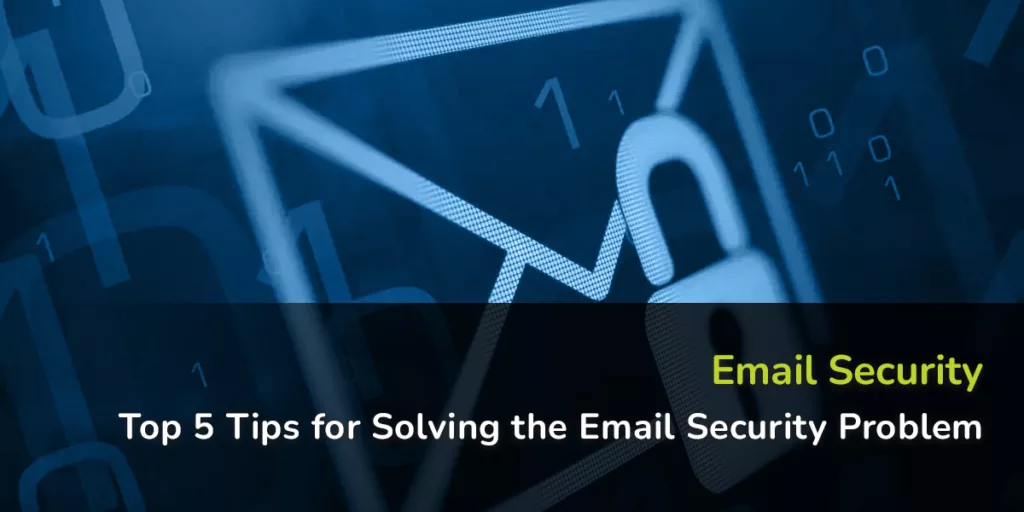
Top 5 Tips for Solving the Email Security Problem
In today’s digital world, email security has become a top priority for both individuals and organizations. Despite numerous advancements in security measures, cybercriminals often find

Unleashing the Power of Pipedrive: Transforming Sales for Businesses
As we tread deeper into the era of digital transformation, one thing is certain: businesses that are equipped with advanced CRM (Customer Relationship Management) tools
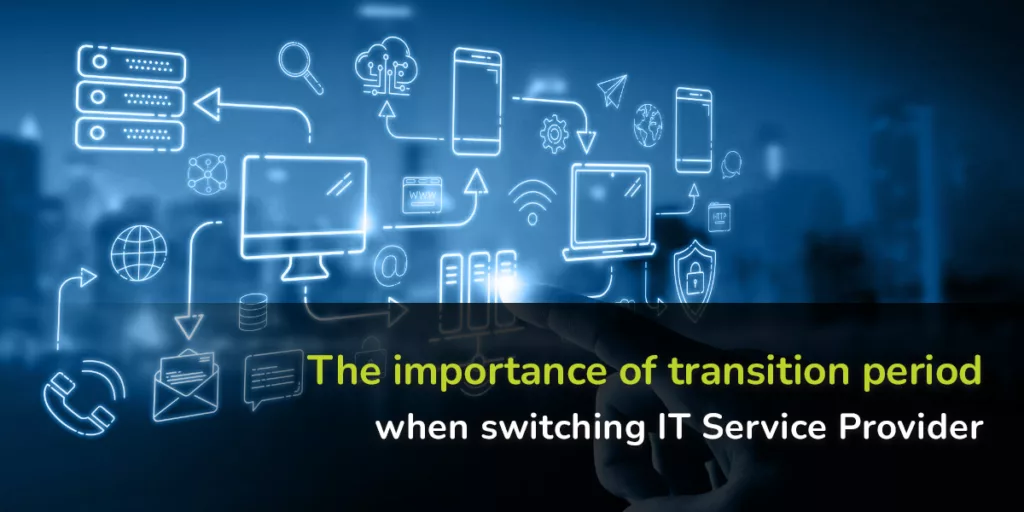
The importance of transition period when switching IT Service Provider
A transition period when switching an IT service provider is incredibly important for various reasons. It ensures business continuity, minimizes risks, and maintains the quality
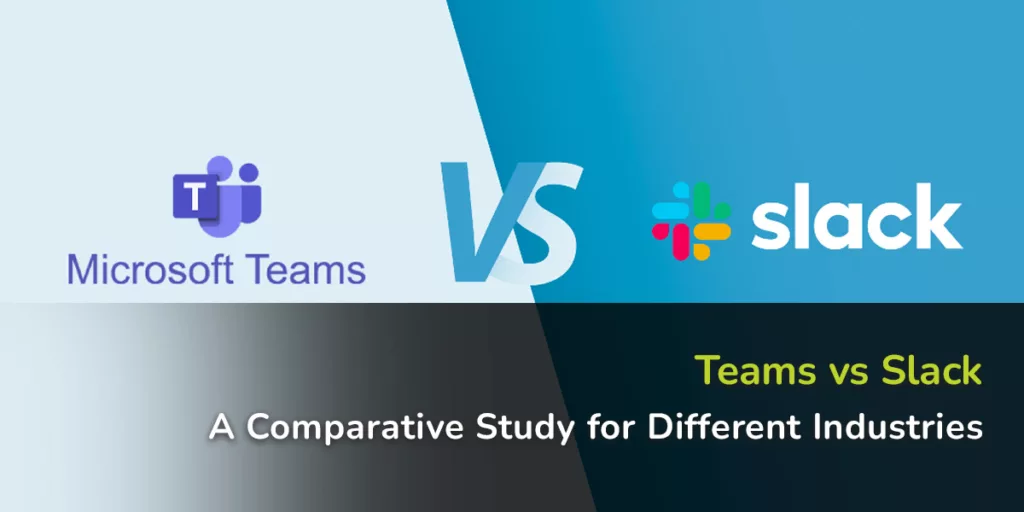
Teams vs Slack: A Comparative Study for Different Industries
Today’s business world is fast-paced and agile, making effective communication and collaboration a crucial cornerstone for success. In the realm of collaboration software, two giants

Hyper-V vs VMware: A Comprehensive Comparison
The field of virtualization has transformed dramatically over the past decade, with many businesses turning to virtual environments to streamline their operations, improve scalability, and

Embracing the Paperless Revolution: Driving Business Digital Transformation
In today’s rapidly evolving digital landscape, the concept of going paperless has gained significant traction. With the advancement of technology, businesses are increasingly recognizing the

Sage X3: An In-Depth Guide to On-Premise Setup with MongoDB Integration, Syracuse Support, and Server Configuration in Hyper-V or VMware Environment
An In-Depth Guide to On-Premise Setup with MongoDB Integration, Syracuse Support, and Server Configuration in Hyper-V or VMware Environment.

Hyperconverged Infrastructure: Simplifying IT Infrastructure Management
In the field of information technology infrastructure, complexity often acts as a brake on both production and innovation. Traditional data centre designs have proved to

5G And Edge Computing: Harnessing The Power Of Next-Generation Connectivity
The evolution of technology has altered every aspect of human existence. A new age of communication has arrived with the advent of 5G and edge
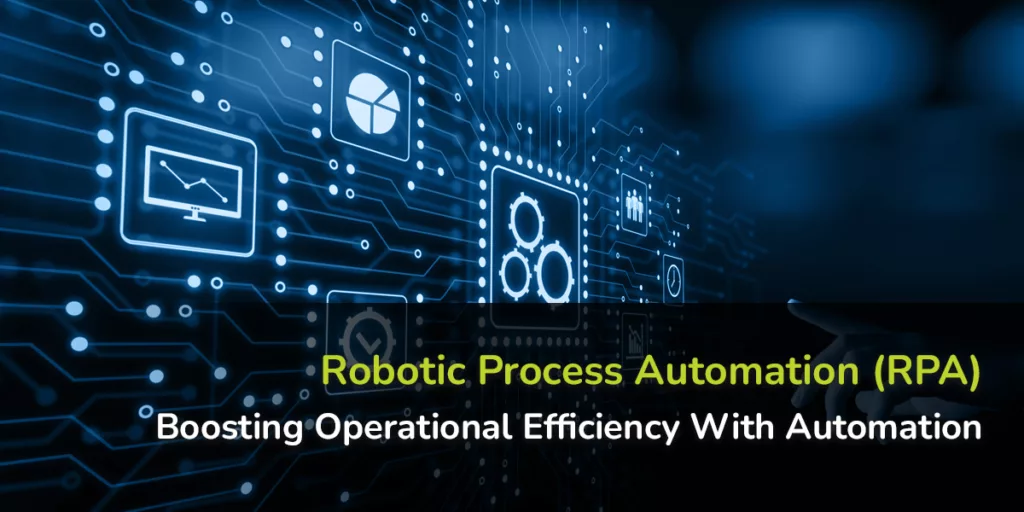
Robotic Process Automation (RPA): Boosting Operational Efficiency With Automation
Organisations in today’s competitive market are constantly looking for ways to improve efficiency, boost output, and save expenses. To help companies simplify their processes, increase
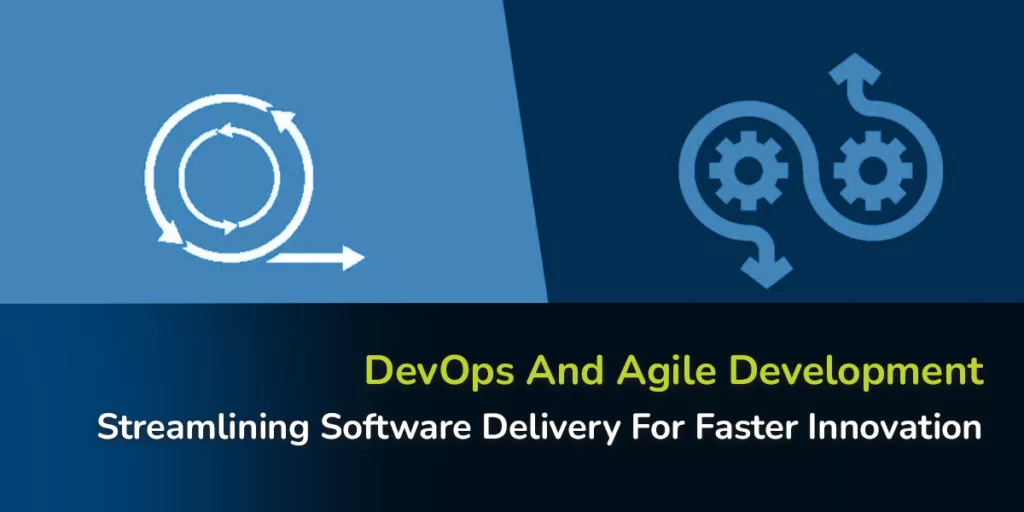
DevOps And Agile Development: Streamlining Software Delivery For Faster Innovation
In today’s fast-paced digital landscape, organizations strive to deliver high-quality software quickly to meet evolving customer demands. Two effective approaches that help firms optimize software

The Benefits Of A Unified Communications Strategy For Your Business
Today’s fast-paced corporate world places a premium on clear and concise communication. Businesses now require a unified communications strategy more than ever to keep up

The Benefits Of 24/7 IT Support For Your Business
Companies have grown to depend heavily on technological advancements as the world has gotten more digital. When technology fails, as it inevitably will at some

Create A Scalable IT Infrastructure For Your Growing Business
If you’re a company owner, you know how crucial a solid IT system is. However, when your company expands, you may discover that your existing
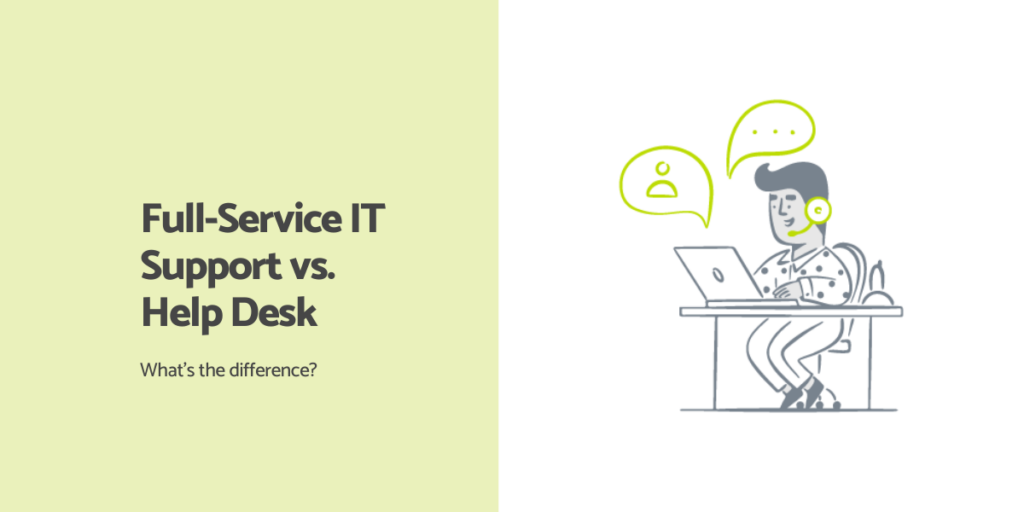
Full-Service IT Support vs. Help Desk: What’s the Difference?
Are you confused about the difference between help desk and full-service IT support? In today’s competitive business landscape, technology is crucial for success. Businesses must

The Future Of AI In IT Service Management
To thrive in the modern digital economy, companies must adapt to the ever-shifting landscape of IT service management. Artificial intelligence (AI) is one of the
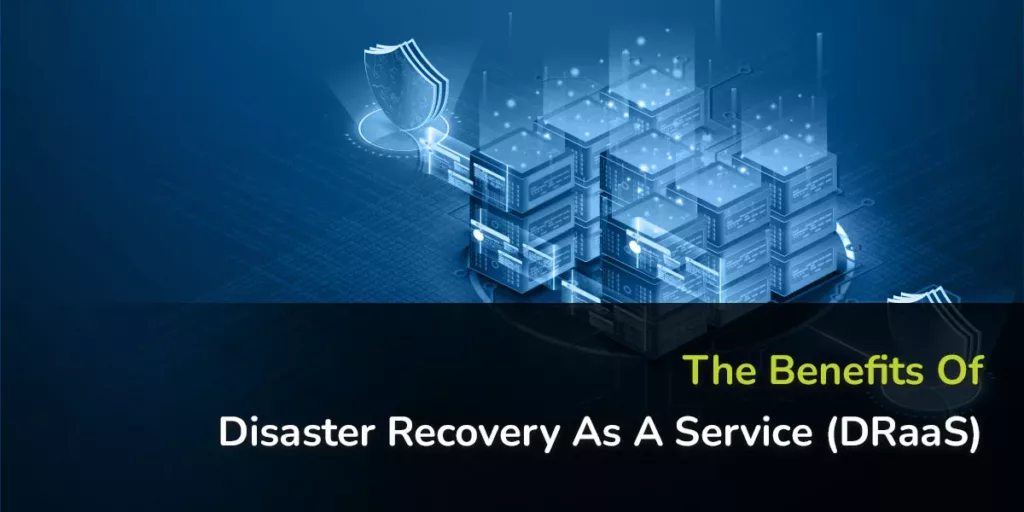
The Benefits Of Disaster Recovery As A Service (DRaaS)
No matter what precautions you take, sometimes disasters can strike completely out of the blue, nudging businesses into a frenzy trying hard to restore systems,

The Advantages Of A Virtual Desktop Infrastructure
Virtual desktop Infrastructure (VDI) is a virtualization technique users can use to access their desktop operating system and apps from any internet-connected device, regardless of
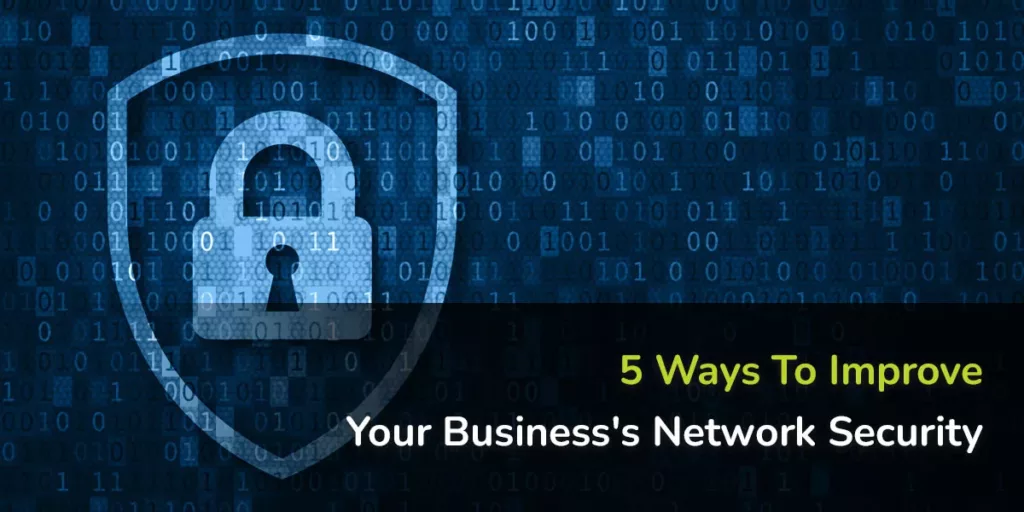
5 Ways To Improve Your Business’s Network Security
In today’s highly connected business world, network security has become an absolute must. Given the proliferation of cyber attacks, it is more important than ever

What is Unified Communications?
Firstly, Unified Communications describes the combination of communication services and tools into a single, cohesive system. So Unified Communications solutions can include can include voice,
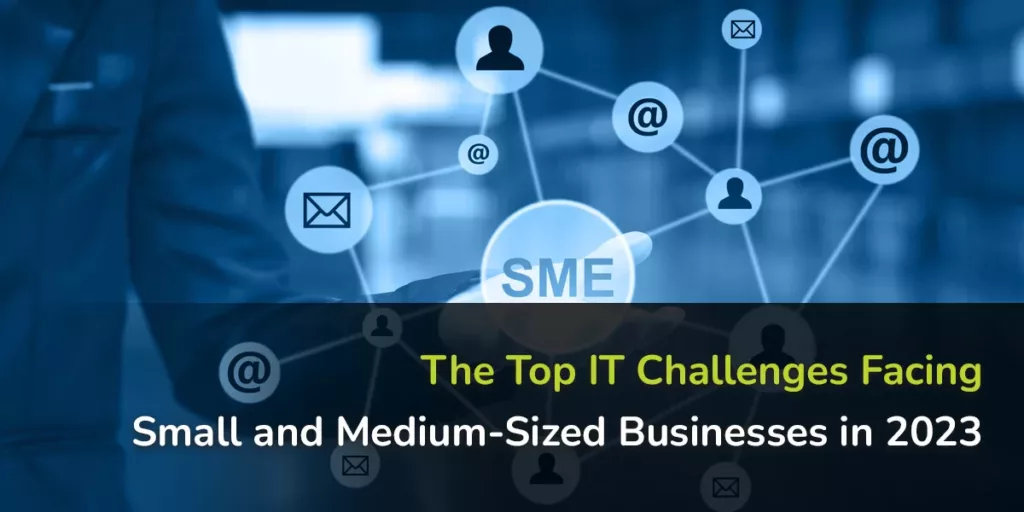
The Top IT Challenges Facing Small and Medium-Sized Businesses in 2023
When it comes to information technology (IT), small and medium-sized companies (SMBs) have historically had it tough. Small and medium-sized businesses (SMBs) face several challenges

The Benefits of Virtualization: How It Can Help Your Business Save Money and Increase Efficiency
While virtualization has been around for quite some time, it has lately seen a popularity spike as more and more companies realise the numerous advantages

How to Improve Your Company’s Data Management Practices
Organizations must have efficient data management procedures in effect as they acquire and handle ever-greater volumes of data. Organizational data storage, security, and exchange are

5 Tips for Choosing the Right IT Service Provider for Your Business
Businesses today must adapt to the changing technological landscape if they want to survive. Nevertheless, small firms sometimes lack the personnel or experience to handle

Why Do Flexibility And Portability Play An Important Role In Motivating Investment In Multiple Cloud Services?
The trend toward multi-cloud deployments among commercial customers is a major topic of discussion among investors. Most business leaders are keenly interested in the flexibility

AI And Data Science: A Comparison
These days, data science and AI work hand in hand because they complement one other so well. Data science organizes and analyzes the massive, frequently

3 Factors That Ensure Zero Trust Success
Although zero trust network access’ (ZTNA) significance and relevance in the modern corporate world can scarcely be exaggerated, there are many examples of unsuccessful efforts

The Emergence And Staying In Power Of The Metaverse
Advanced interactive interactions are becoming more and more popular and widespread in the early metaverse, especially during the last couple of years. There, users may

7 Common Document And Collaboration Problems That Can Easily Be Solved
Most businesses nowadays have their websites and internal networks, with more features incorporated as the company evolved. While streamlining processes and sharing knowledge were the

Chat GPT: What It Is And What Does It Do?
OpenAI’s ChatGPT is a cutting-edge algorithm for reading natural language. This algorithm is a little variation on the widely used GPT-3 (Generative Pertained Transformer 3)
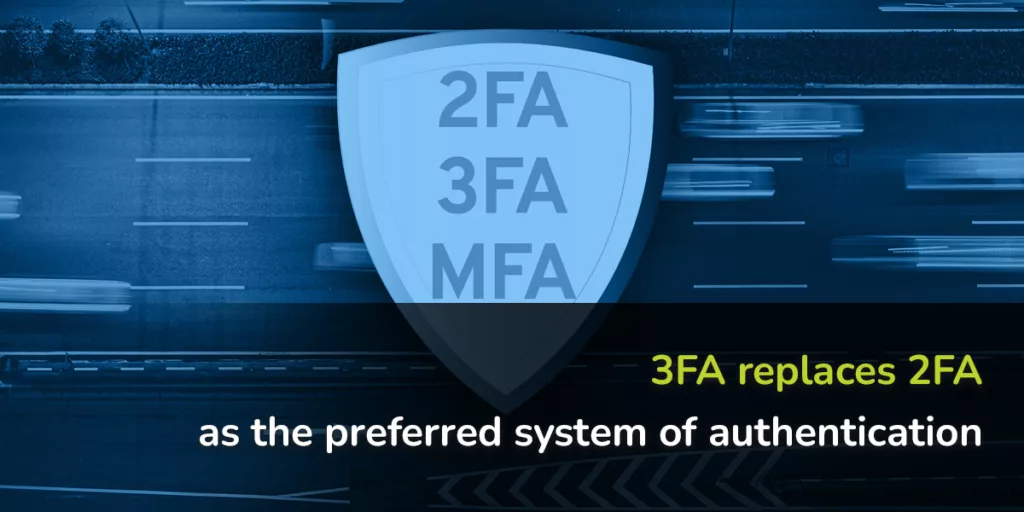
Why 2FA is out, and 3FA is in?
Ever since the inception of the pandemic, there has been an unprecedented number of cyber attacks even with two-factor authentication (2FA) in place. This challenges

The Ultimate Guide to IoT-driven Digital Transformation in Manufacturing
Digital transformation is pivotal for companies looking to improve productivity. The advent of Industry 4.0, the latest iteration of industrialization witnessed the integration of unstructured,

Why is Low-code software development the way to the future?
The idea of digitizing corporate processes is not new. What was once a strategic business decision is now essential. In addition, it showed companies that

On-Premise vs Cloud – What to choose?
Although “cloud computing” has been around for over a decade, many people still prefer on-premises software and hardware.

How to Choose the Right Technology for Your Web Project
Creating, developing, and implementing a web project is hard. There are multiple variables to consider so that things go according to plan.
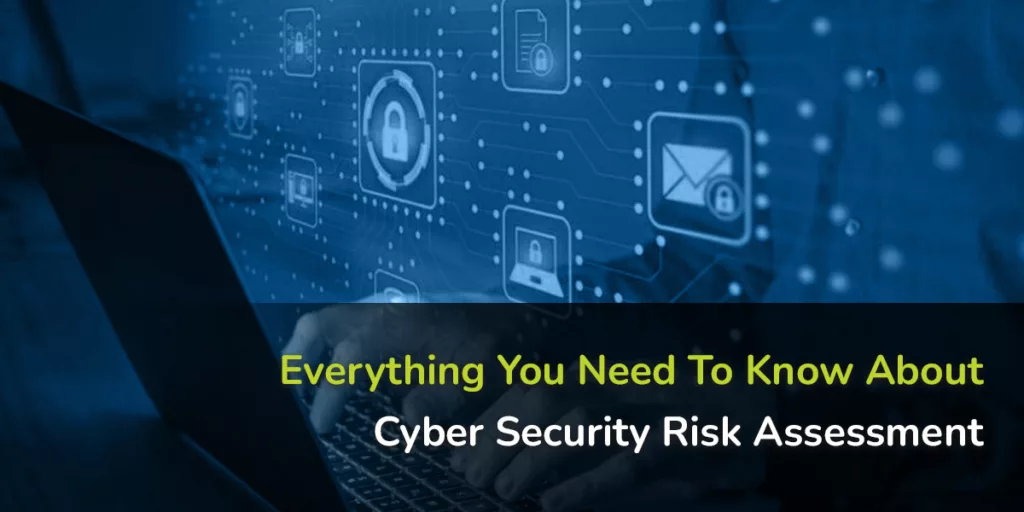
Everything You Need To Know About Cyber Security Risk Assessment
Cybersecurity Risk Assessment evaluates and codifies the risk of your organization undergoing a cybersecurity breach. This is done by analyzing the policies, processes, controls, and

Checklist to build a successful e-learning application
E-learning seems to be getting all the hype these days. Ever since the pandemic, more and more students are enrolling on e-learning courses.
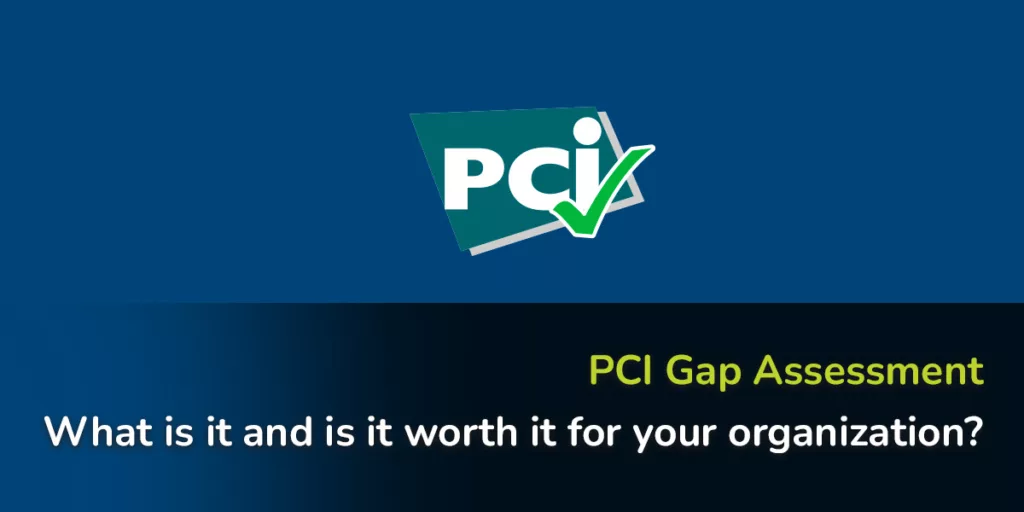
What is a PCI Gap Assessment?
Compliance with the PCI (Payment Card Industry) security standards can be difficult. However, by conducting a PCI Gap Assessment, you can identify what additional security

Cloud-Native Explained: What Is It and Why It’s Critical To Your Business
The ubiquity of cloud-based is furthering the digital transformation of businesses across all industries. Developing applications and their deployment has greatly benefited from this switch

The Necessity Of Customer Success To Effective Data Migrations
The cloud services sector is expanding significantly, and this rapid expansion reveals excellent potential for data migration. But managed service providers (MSPs) and internal IT

How will the rise of Web 3.0 benefit businesses and entrepreneurs?
The latest iteration of the internet or otherwise known as Web 3.0 encompasses the use of blockchain technology to offer users a decentralized network while

Factors to consider when choosing a cloud hosting plan?
In the past couple of years, cloud computing has witnessed a sudden surge in popularity. More and more businesses are making the switch to cloud
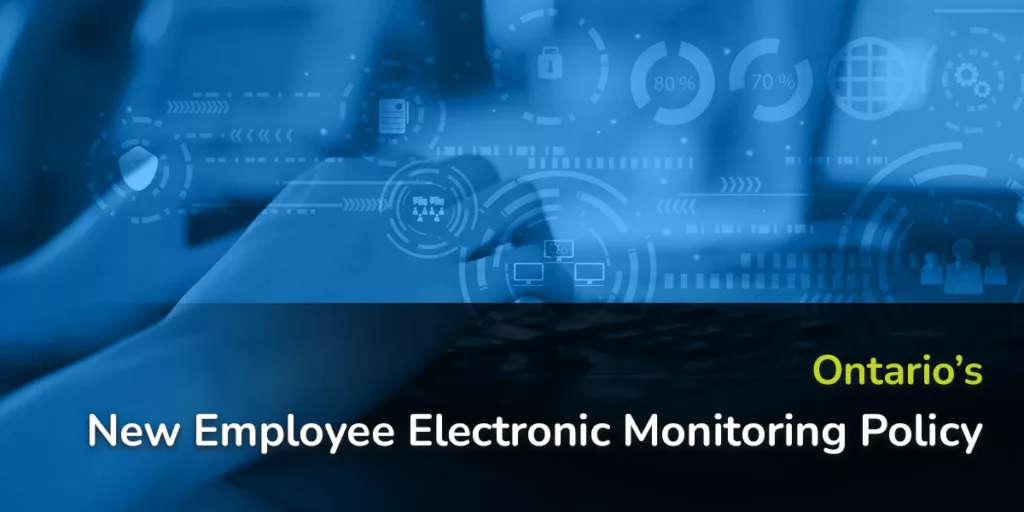
Ontario’s New Employee Electronic Monitoring Policy
In April 2022, the Ontario government passed new legislation requiring employers to have an Employee Electronic Monitoring Policy.
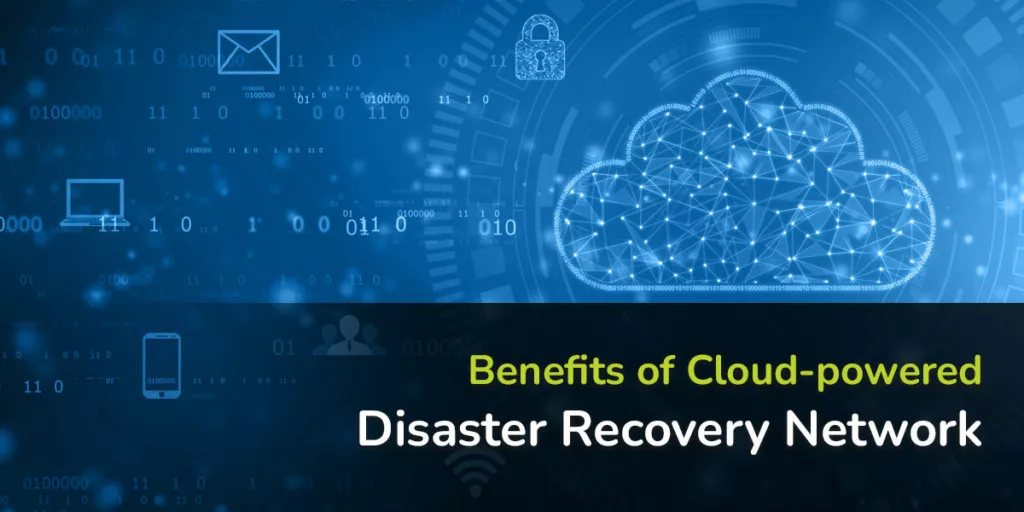
Benefits of Cloud-powered Disaster Recovery Network
In today’s world data holds a lot of importance. Any organization dealing with data should be cautious while handling it. Data breaches impact businesses negatively

Advantages Of Cloud-Based Disaster Recovery
You must create and execute IT disaster recovery strategies to safeguard your operations against downtime and data loss since IT is a crucial part of

How to get cloud migration right in the rush for digital transformation
For a good part of the covid-era and before that, it was cloud technology that played a key role in sustaining businesses. Cloud technology provided

Tips On How To Recognise A Business Email Compromise Scam
The FBI has issued a public service announcement alerting businesses about the rise in Business Email Compromise (BEC)/Wire Fraud email attacks. As the cryptocurrency sector

Best Practices For Email Security And Privacy
For the sake of company confidentiality, email data leak prevention and encryption are a must. When it comes to their work, though, many employees regard

Why and How to get the best cyber insurance for your business
As a business owner, you know that you need insurance. But what kind of insurance do you need? If you’re like most business owners, you

General Data Protection Regulation (GDPR) – What Is GDPR, And When Does It Apply To Your Business?
The internet has had a profound impact on how we interact and carry out our daily activities. The amount of personal data you’ve shared online

Azure Virtual Desktop – What Is It, And How Does It Help Reduce IT Costs?
Some of you may already be aware of the widespread use of virtual desktops in many companies today. Companies are increasingly using Azure Virtual Desktop,
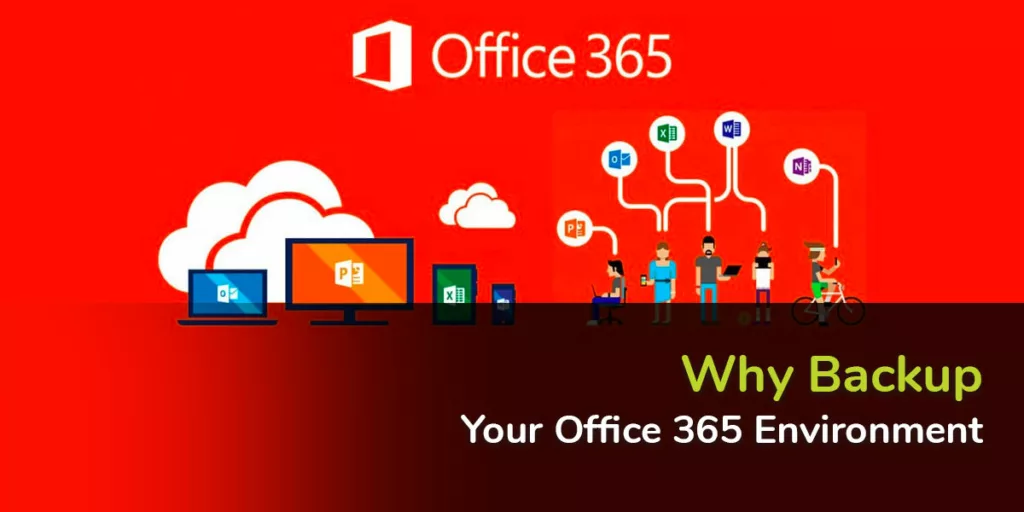
Why Backup Your Office 365 Environment
If we’ve learned anything from 2020, it’s that we need to be prepared. Every one of us has learned the importance of being ready for
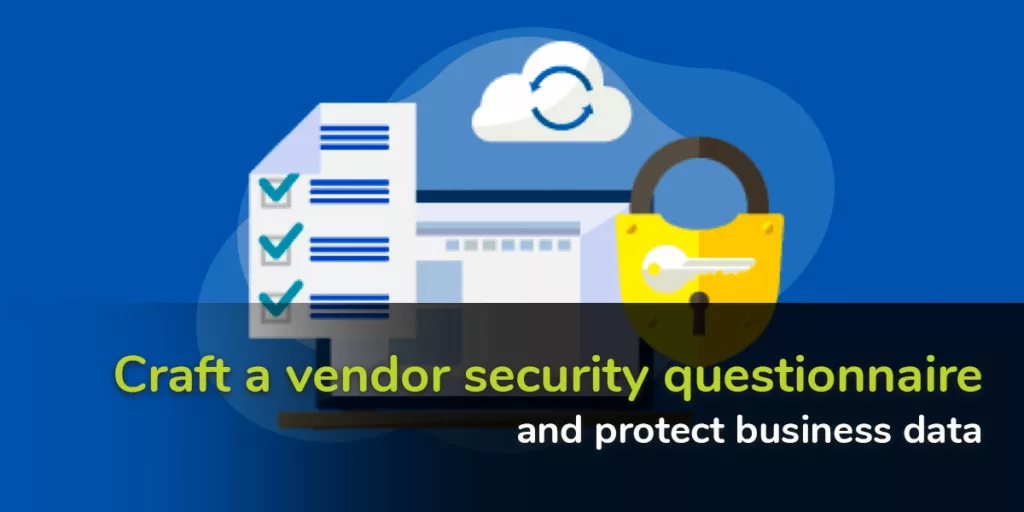
What Is Vendor Security Questionnaire And Why Is It Important?
The current world of businesses requires heavy reliance on external vendors to deliver value. These vendors can be IT tools, SaaS products, or much more.

Essential Penetration Testing Tools For 2022 And Beyond
Penetration testing, sometimes known as a pen test, is a form of cyberattack simulation. The purpose is to identify and address security flaws in a

Why Use Threat Intelligence For Security Awareness Program
Nearly all industries nowadays are heavily reliant on digital technology. Automation and increased connectivity have changed global financial and cultural systems, but they have also
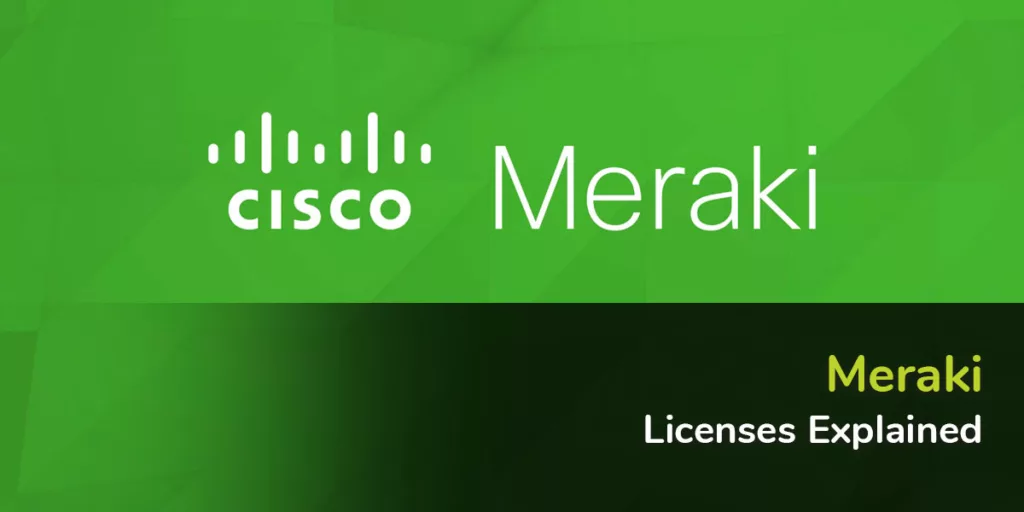
Meraki Licenses Explained
Cisco’s Meraki cloud-based infrastructure enables enterprise network centralized management. Devices on the Meraki network can only function if they are licensed. If you do not

Experts In IT And Data Security Share Their Best Practices
Data exploitation will be the most serious security threat that businesses, governments, and individuals will face in the coming technologically advanced years. Unlike when it
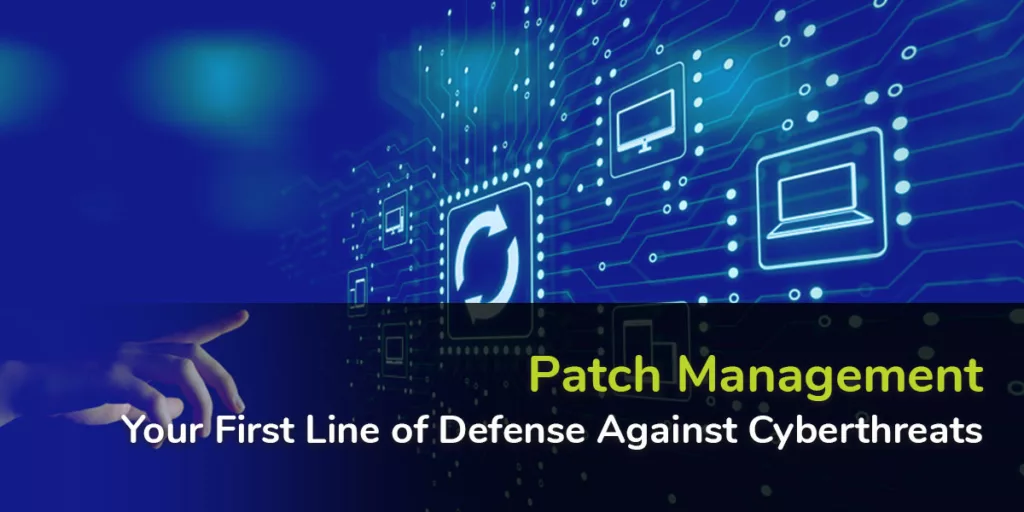
Patch Management: Your First Line of Defense Against Cyberthreats
2020 was a watershed moment for the cybersecurity industry, as businesses embraced remote work models. The rush to adopt remote environments has created security gaps
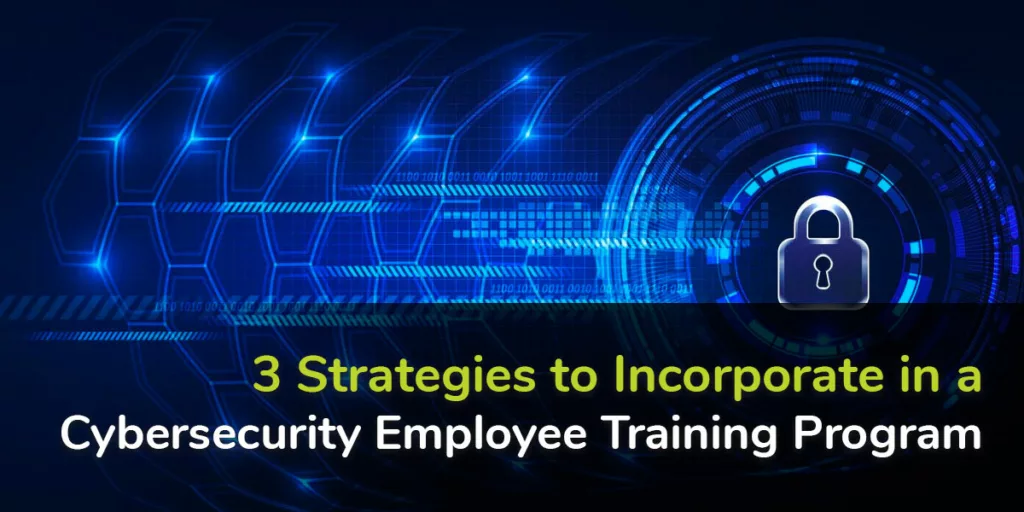
How To Create An Effective Cybersecurity Employee Training Program
Your employees maybe your greatest security risk factor or defence, depending on their familiarity with cybersecurity. Today’s most serious cyber security threats rely heavily on

Ways to Convert Access Database to Web Application
Companies that use outdated systems such as MS Access face inconveniences such as teamwork limitations, scalability issues, slow handling of large amounts of data, and

Switch From Kaspersky To SentinelOne
Recent geopolitical squabbles have recast cyber warfare as a major power factor. In an age when data is a prized asset of war, there are

Everything You Need To Know About Information Security Policies And How To Write Them Effectively
In the modern digital world, the nature of security threats is fast-evolving, while compliance demands are increasingly demanding. The only way to stay ahead is
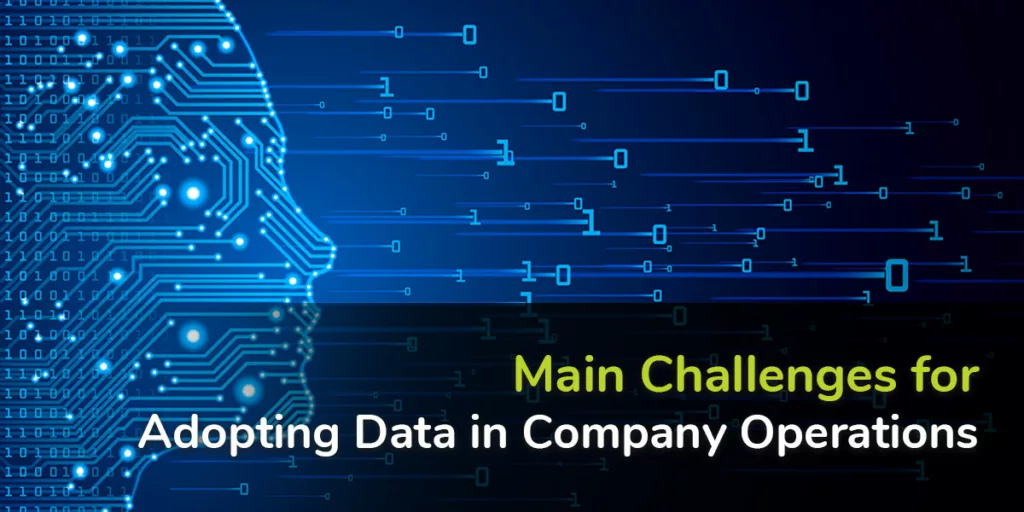
Why Is It Difficult for Many Organizations to be Data-Driven
Simply stated, data-driven enterprises know far too well and value the power of gathering raw data, refining the data, and applying the mined information to

4 Tips For Keeping Up With Changing Data Security Needs
The advancement of technology has resulted in an increase in cyber security risks, which organizations cannot ignore. Cyber security is just as important as physical

6 Reasons To Hire A Third-Party IT Company
As IT infrastructure advances, so do the challenges, but your staff may lag behind because they are preoccupied with other tasks. Technology is taking over,

5 Steps SMBs Can Take Now To Protect Their Networks
It’s tempting to believe that just because you own a small business, hackers would avoid targeting you. However, this is not the case. Spyware, malware,

Eight Precautions To Take When Dealing With Ransomware
Cybercrime is a persistent threat that we cannot eradicate. As technology advances and the internet becomes more prevalent, cyber security is becoming increasingly important at

Top Five Endpoint Security Trends For 2022
As the year following one of the most rapid technological transformations in history, 2021 was a watershed moment in cyber security. New vulnerabilities introduced by
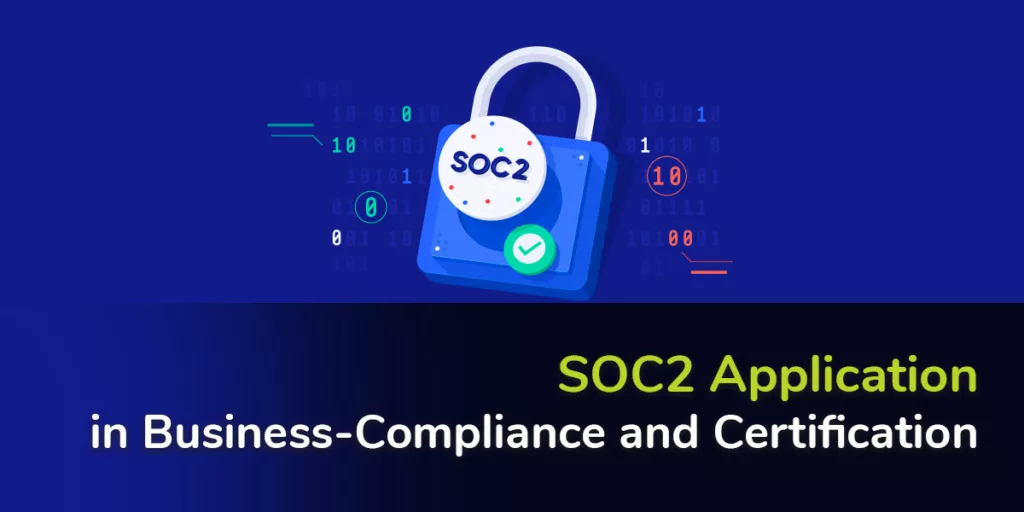
What Is SOC2 And How Does It Apply To Businesses?
SOC 2 is an auditing strategy developed by the American Institute of CPAs (AICPA) that tracks your service providers’ data management methods in order to

How Drones Are Changing The Technology Space
Drones, alternatively known as unmanned aircraft, have been revolutionary in how enterprises run business operations, as well as military and recreational purposes. Some of the

The Growing Role Of AI In Cyber Security
Artificial Intelligence is increasingly becoming an integral part of cyber security, owing to its ability to track and eliminate a wide variety of cyber threats

Start These 5 Tech Habits Right Now For A Happier 2022
As digitization becomes the norm across industries, your attitude towards technology will define how your IT environment will operate in the coming years. Bad tech

The Cloud-Native Infrastructure
Infrastructure refers to all of the hardware and software components that are used to support applications. This encompasses data centers, software platforms, installation pipelines, system

Are You Equipped For A Data Ransomware Attack?
Your colleague opens a file or follows a link in an email. It may seem insignificant at first, but before you know it, you and

Migrate From Any Phone System To Microsoft Teams
Two years of pandemic drove everyone inside homes to stay confined in secure spaces. This adversity resulted in a unique opportunity for companies that were

Strong IT Backbone – A Must For Your Business
Whether one likes it or not the internet is here to stay. The evolution of mankind has suddenly taken a giant leap at the speed

Log4j – What Is It And What Is The Vulnerability?
Log4j is a new computer bug that has taken the global cybersecurity world by storm!

Cyber Attack Statistics In 2021: Data Breaches And Trends
The year 2020 shattered all records for data breaches and the massive number of cyber-attacks on businesses, governments, and individuals. Furthermore, the complexity of threats

Leave your tech worries to your IT professionals
Computers and programming are complex science. Common people are petrified of it to a large extent. As IT advances further and deeper, it is reaching
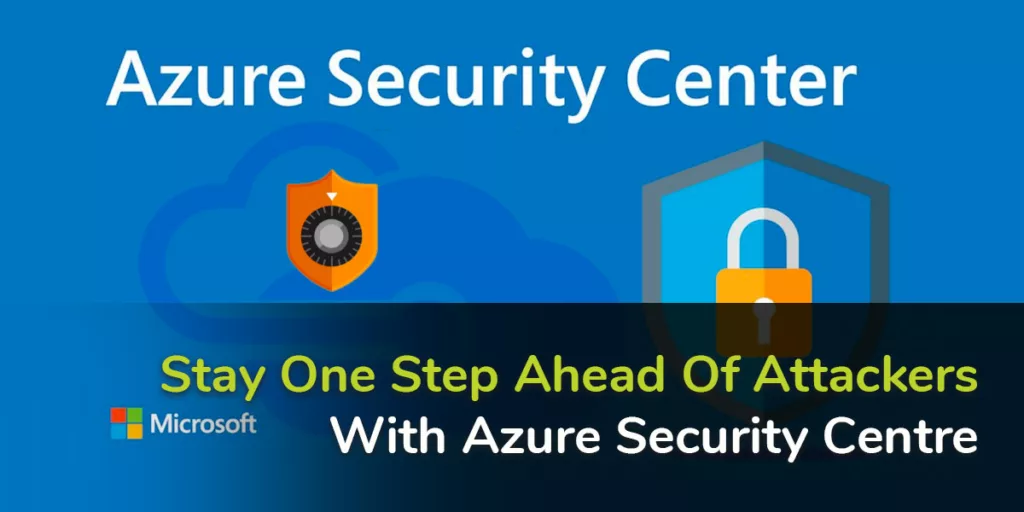
Stay One Step Ahead Of Attackers With Azure Security Centre
Azure Security Center is a Microsoft service that enables unified security management across hybrid cloud workloads. The platform also works with hybrid clouds outside of

Top 5 Service Requests for MSPs in 2021
The managed service provider (MSP) service requests that have influenced 2021 highlight how intertwined maturing technologies and upcoming advancements have become.

Security Operation Center (SOC)
A security operations center (SOC), also known as an information security operations center (ISOC), is a unified center where a network security team tracks, investigates,

Empowering Women To Thrive And Succeed In The Tech Industry
Despite our best efforts, there is still work to do in the tech industry and IT business to achieve balanced representation and diversity. While considerable

Internet of Behaviours (IoB)
Workplaces are becoming more technological and data-driven. This is particularly true for large corporations with interdependent connections with clients, suppliers, or workers.
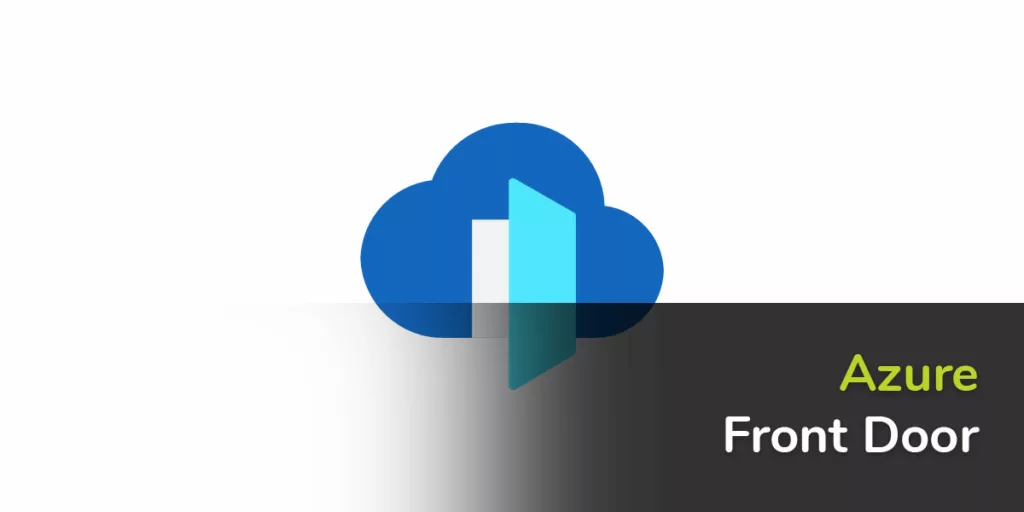
Azure Front Door
AFD helps to build, operate and scale out dynamic web applications as well as static content. It also helps to define, manage, and monitor global

Data Loss Prevention Best Practices
Data moves in and out of the companies to partners, clients, distant employees, other legitimate users, and, sometimes, unauthorized individuals.

Migration From GoDaddy Office 365 To Office 365
GoDaddy is one of the world’s largest domain registration and hosting services. GoDaddy has a collaboration with Microsoft to provide Office 365 services. At first

Understanding The World Of Business Intelligence
Business owners have understood that making a fortune whilst following intuition or ‘gut-feeling is not logical anymore. Industry experts also argue that closing big deals,
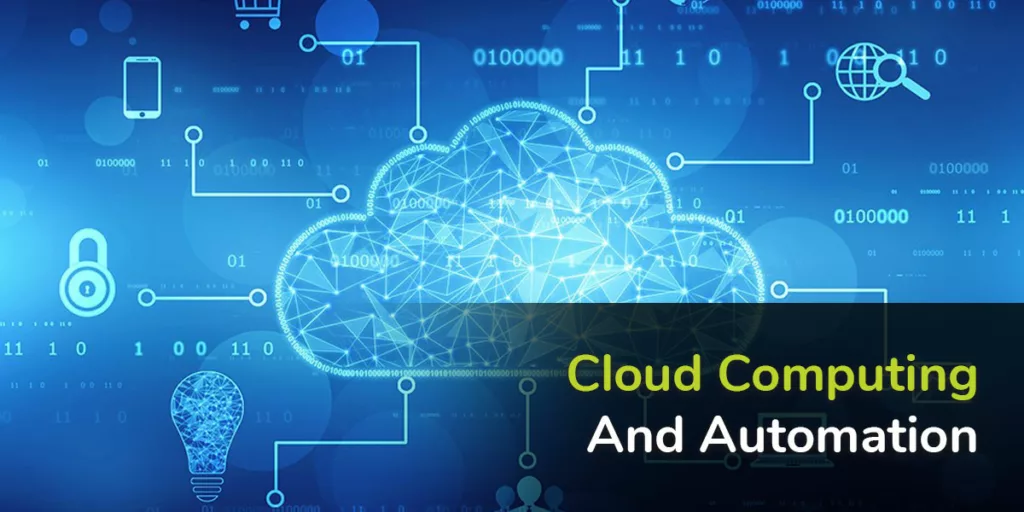
Cloud Computing And Automation
There is one part of the economy that does not suffer from recessions. It does not suffer from economic slowdowns or pandemics such as COVID-19.

Understanding The Technology Behind Internet Of Things
The Internet of Things, or IoT, is a concept of connecting any device like digital machines, computing devices, or objects to the Internet and to

What Is Cyber Risk, And Why Should Your Businesses Care?
Cyber risk normally describes a business’ comprehensive cybersecurity posture. It focuses on determining the risk factors of the business, given the steps it has undertaken

Information Security Management System
An information security management system (ISMS) states policies, methods, and procedures to manage, and protect the information in a business entity. This includes the introduction
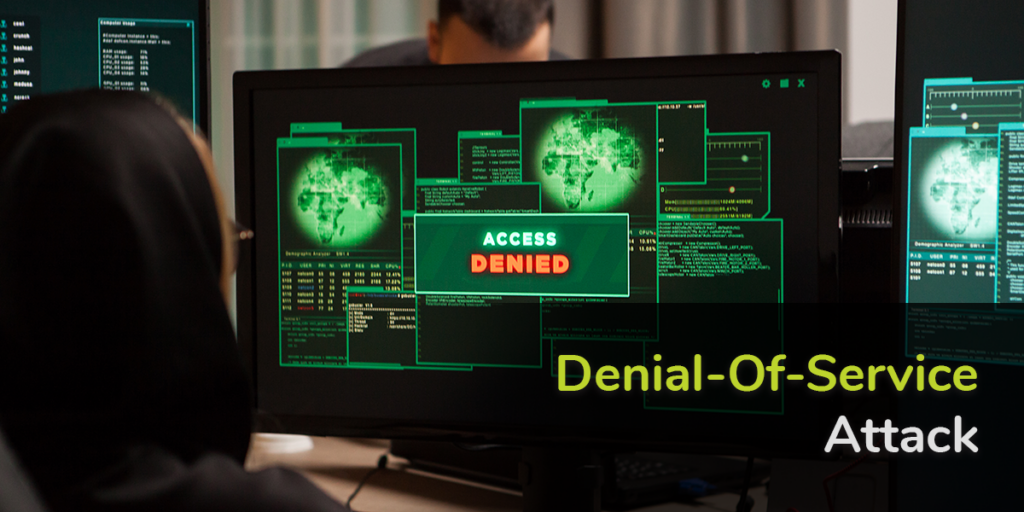
Why A Denial-Of-Service Attack Can Be Dangerous
One of the most destructive weapons online is a distributed denial-of-service (DDoS) attack. When a website is said to have been “taken down by hackers,”

Why Businesses Need Security Training
Every business today has an online presence and pragmatically speaking, sooner or later, it will become a target for intrusion and exploitation by expert hackers.

Business Security Roadmap – Why Businesses Need It
Business goals are increasingly becoming complex to achieve in the highly competitive modern market due to escalating threats. The nature of such threats is multifaceted
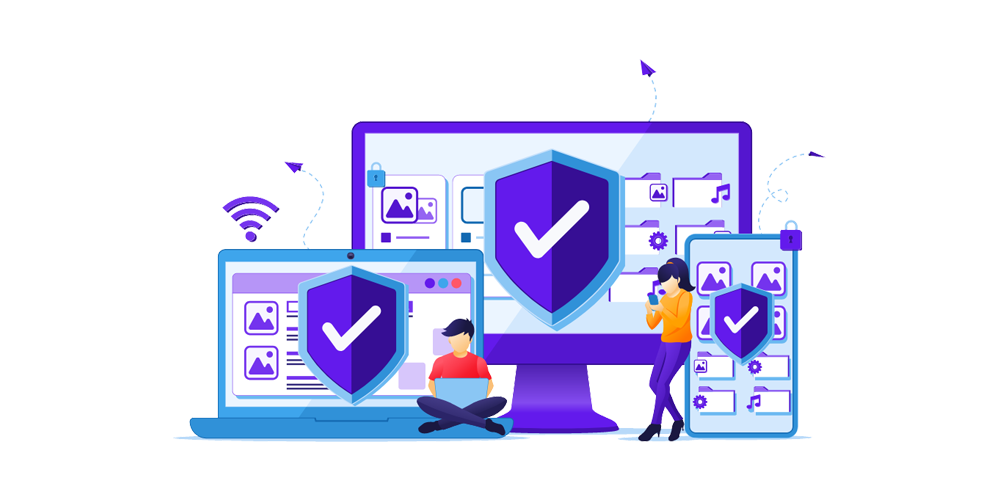
EDR vs Antivirus – Which one is better for your business?
When we talk about business networks, threats lurk everywhere. With cybercrime showing no sign of slowing down, the dramatic rise has disrupted countless businesses and
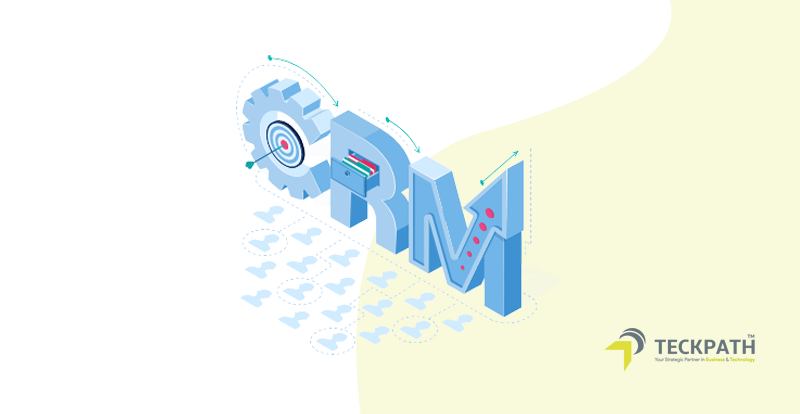
Utilizing CRM Solutions For Improved Customer Services
CRM solutions are the ultimate game-changer allowing companies to track purchases and interactions with customers, enhance customer service, optimize sales processes and improve tech assistance.

Need For Risk Management In Your Business
Risk management focuses on the need to access the hazards that may hamper any touchpoint of the value chain – from distinct departments to end-user.
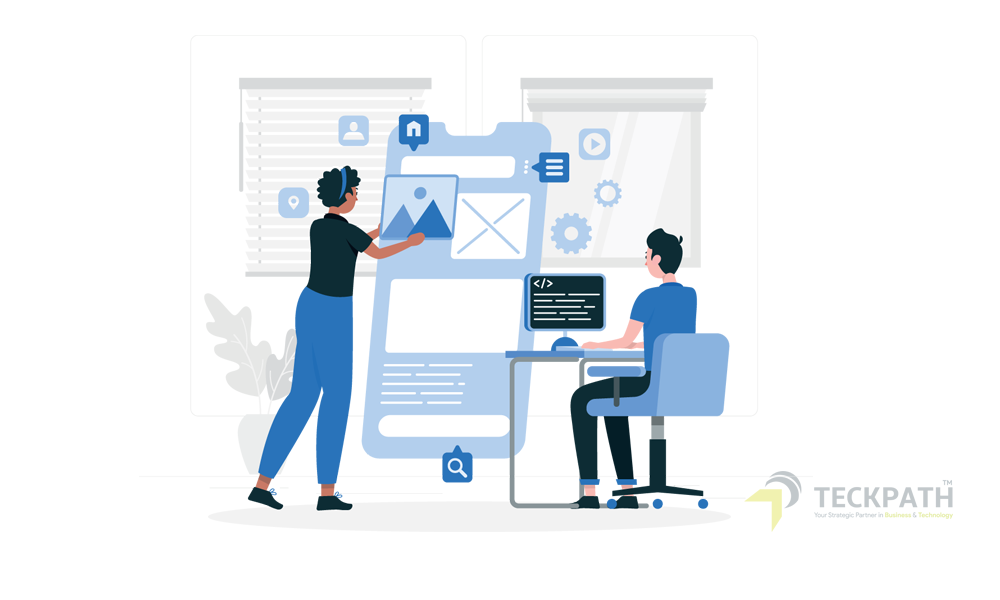
Role of Technology in App Development
The current market of mobile app development is blazing with opportunities. One can pick any industry and find an app already in place to cater

How To Find Your Strategic Partner In Business & Technology For Your Growing Firm
As your business grows, you might feel the need for some outside expertise, resources, technology, and tools to avoid becoming redundant. If you are at

Why Implement anti-bribery and corruption policy
Corruption is universally believed to be one of the major worldwide threats to both the market economy and social development. It often leads to the

Why Guidelines For Employee Use Of Company’s Technology And Communication Tools Is Critical Today (COVID-19)
The global COVID-19 pandemic has completely shackled our way of living. It has become the biggest challenge for companies to manage their business in newfound
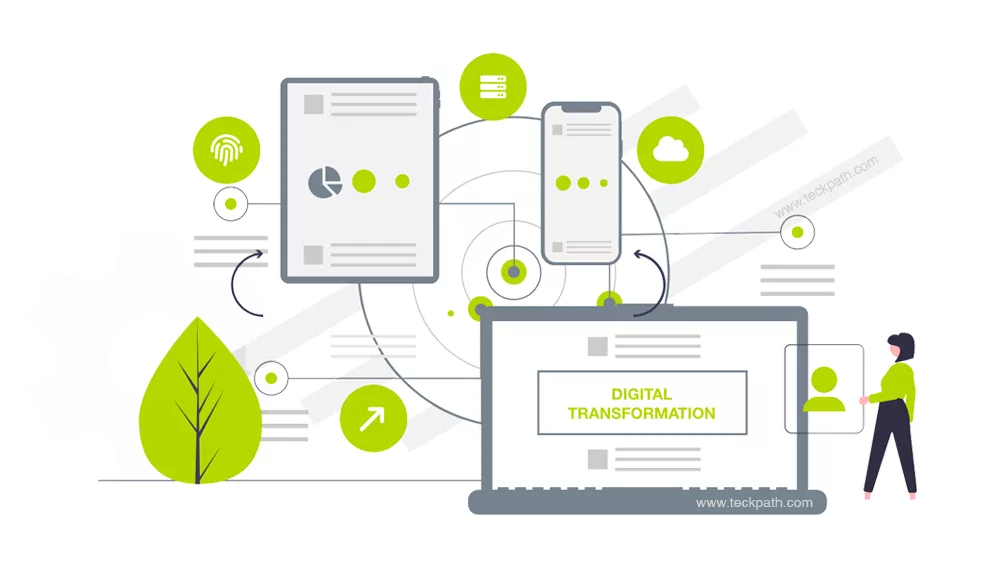
Digital Transformation
In the modern era, digital transformation has become necessary to such an extent that it cannot be ignored. In fact, without it, it is not

Network Security Audit – Why Businesses Need It
As the world becomes more digitally connected and accessible, the need for online security is increasing multi-fold. From ordering your groceries and food, booking your
Contact us
We are fully invested in every one of our customers.!
Our focus has always been to be your strategic partner. This approach has helped develop a reliable and tangible process in meeting our client’s needs today and beyond.
Our dedicated team is here to support businesses from 1 – 200+ users starting today.
Your benefits:
- Client-oriented
- Independent
- Competent
- Results-driven
- Problem-solving
- Transparent
What happens next?
1
We Schedule a call at your convenience
2
We do a discovery and consulting meeting
3
We prepare a proposal



